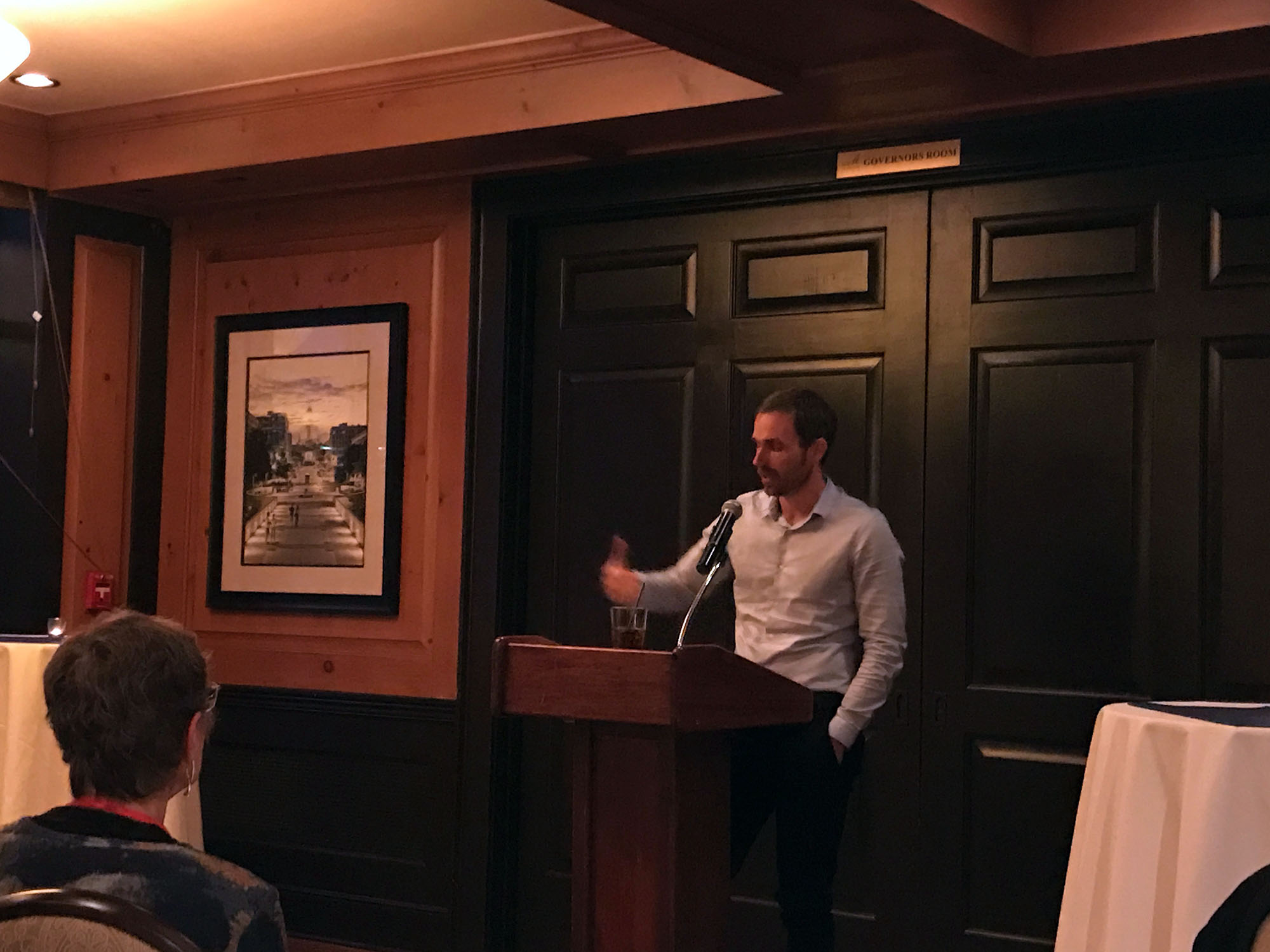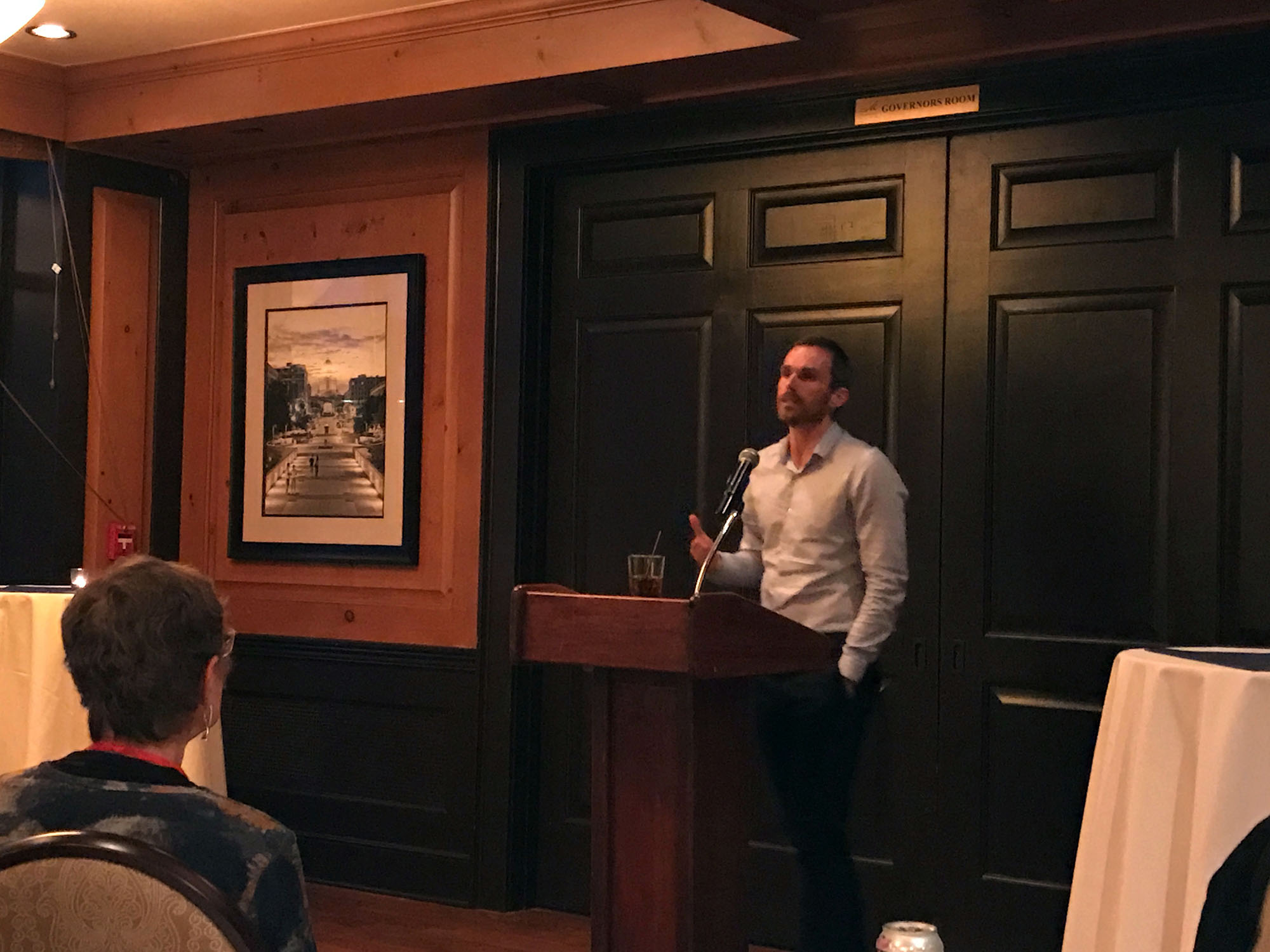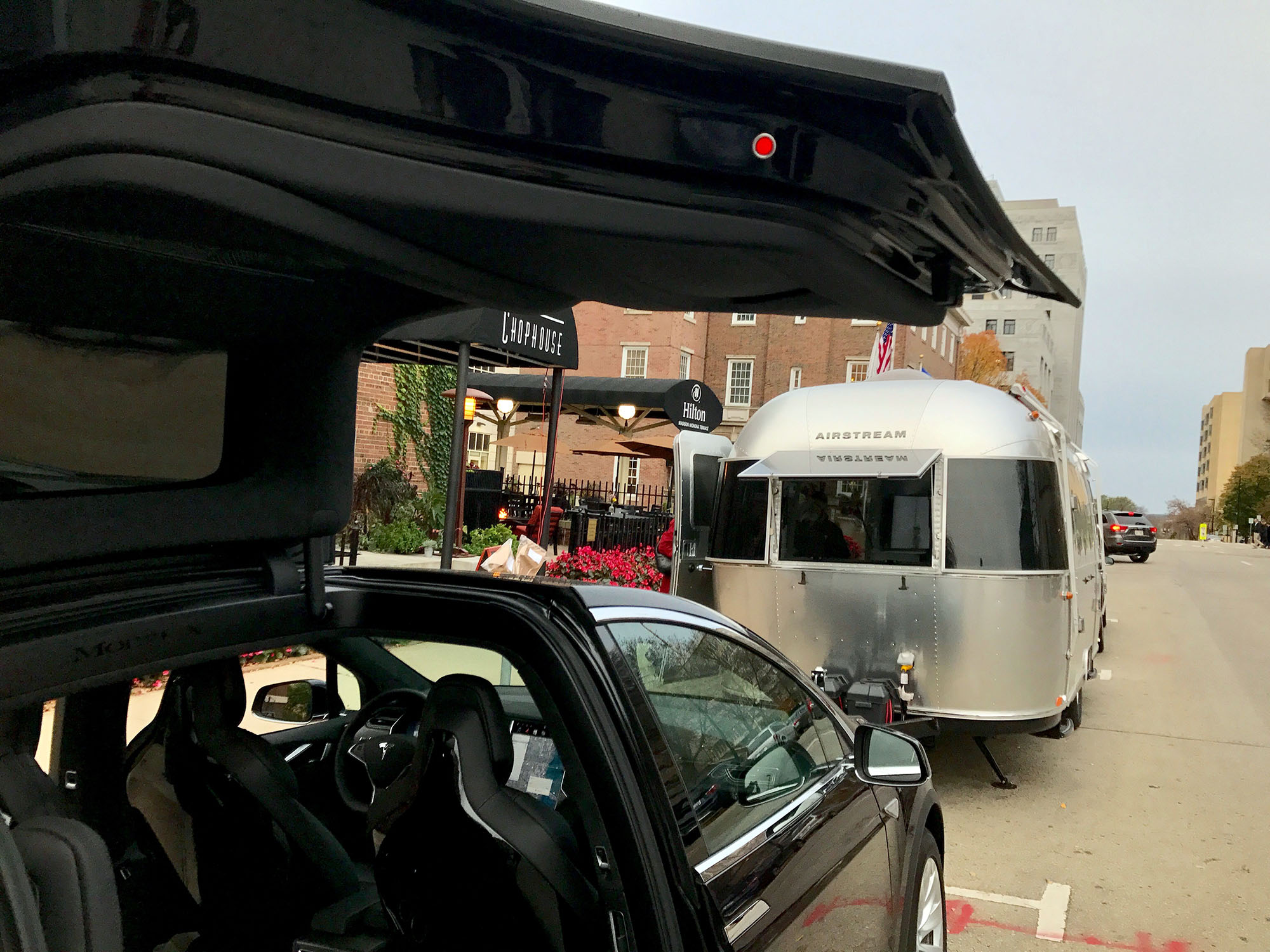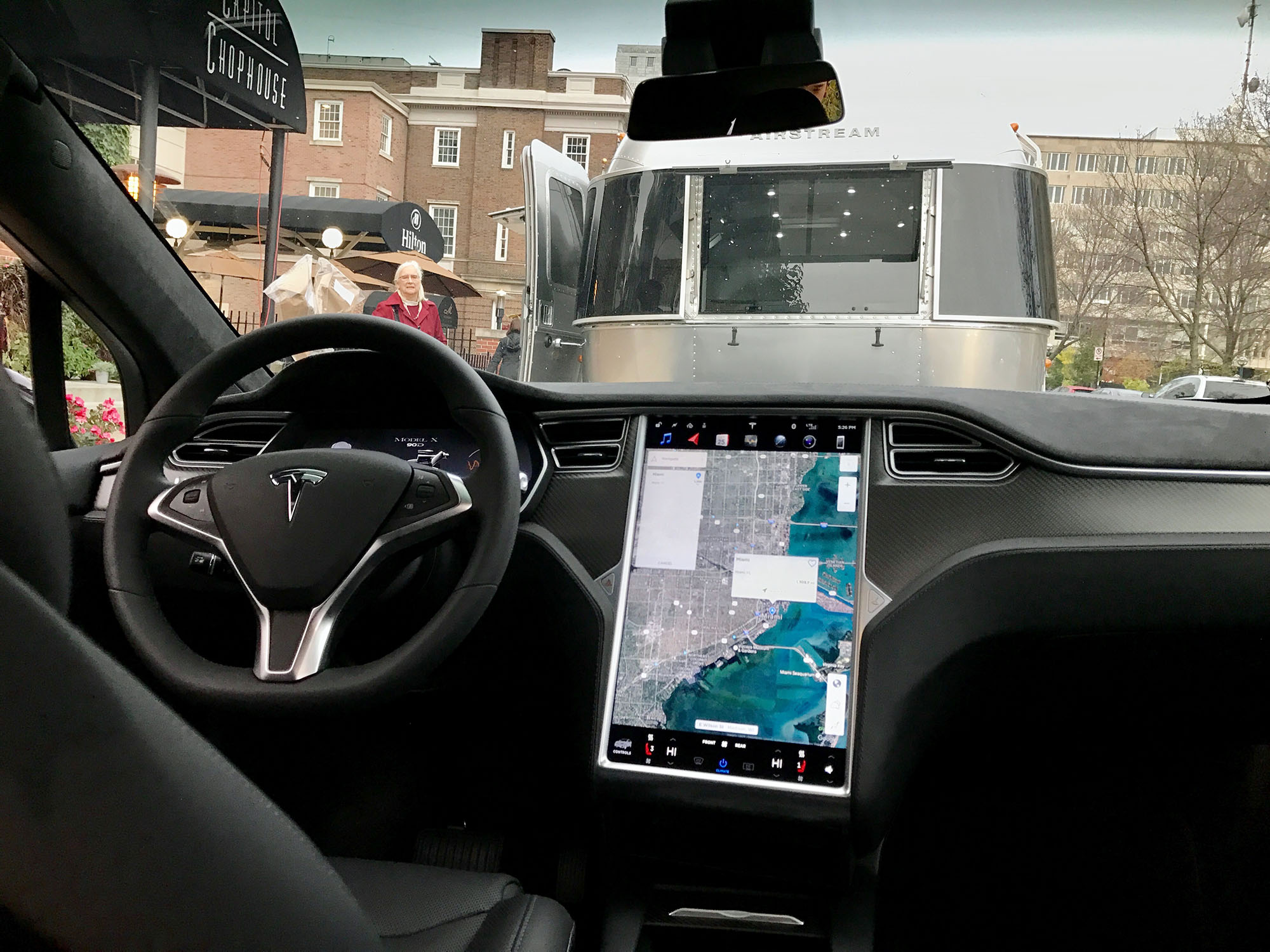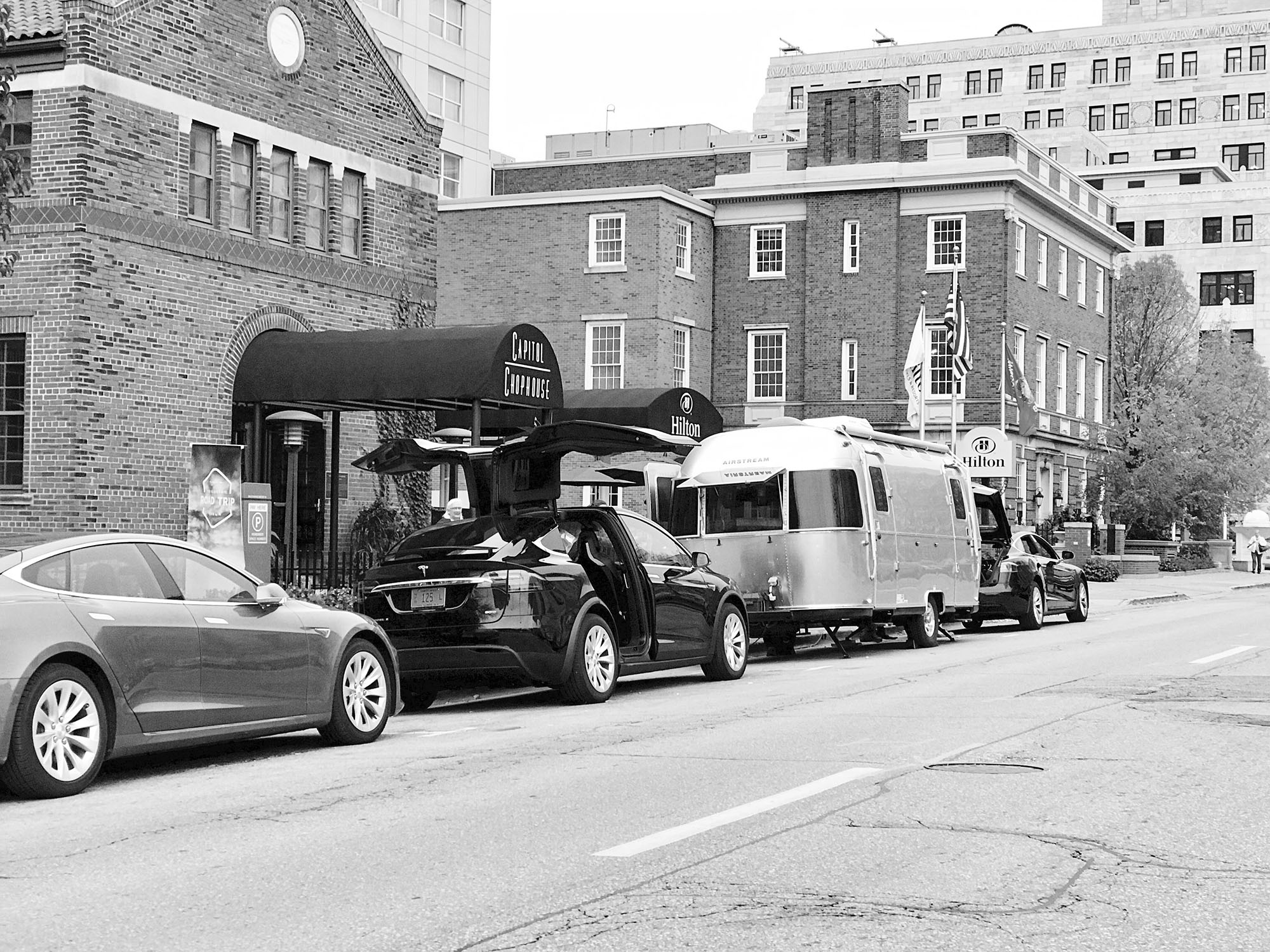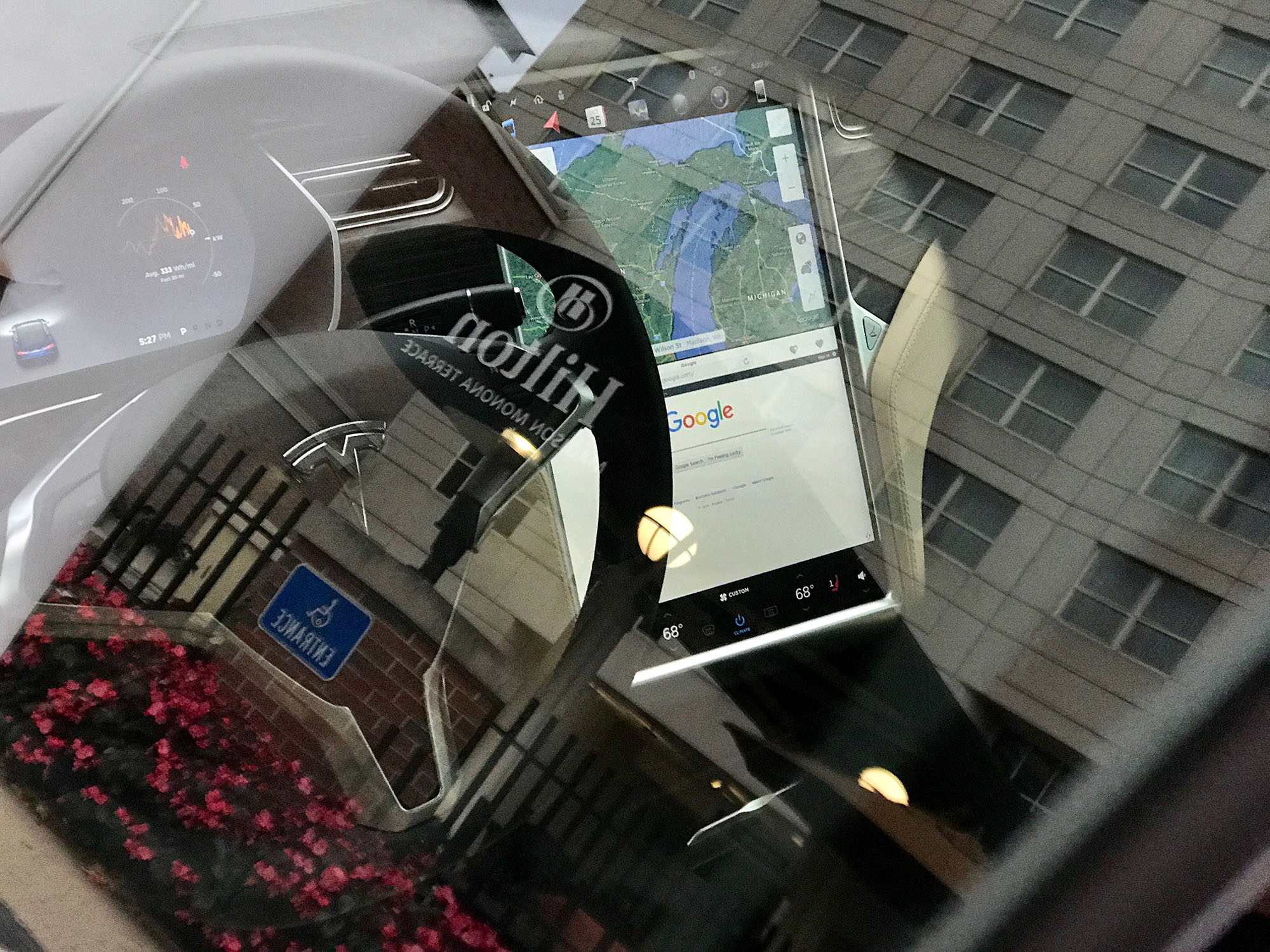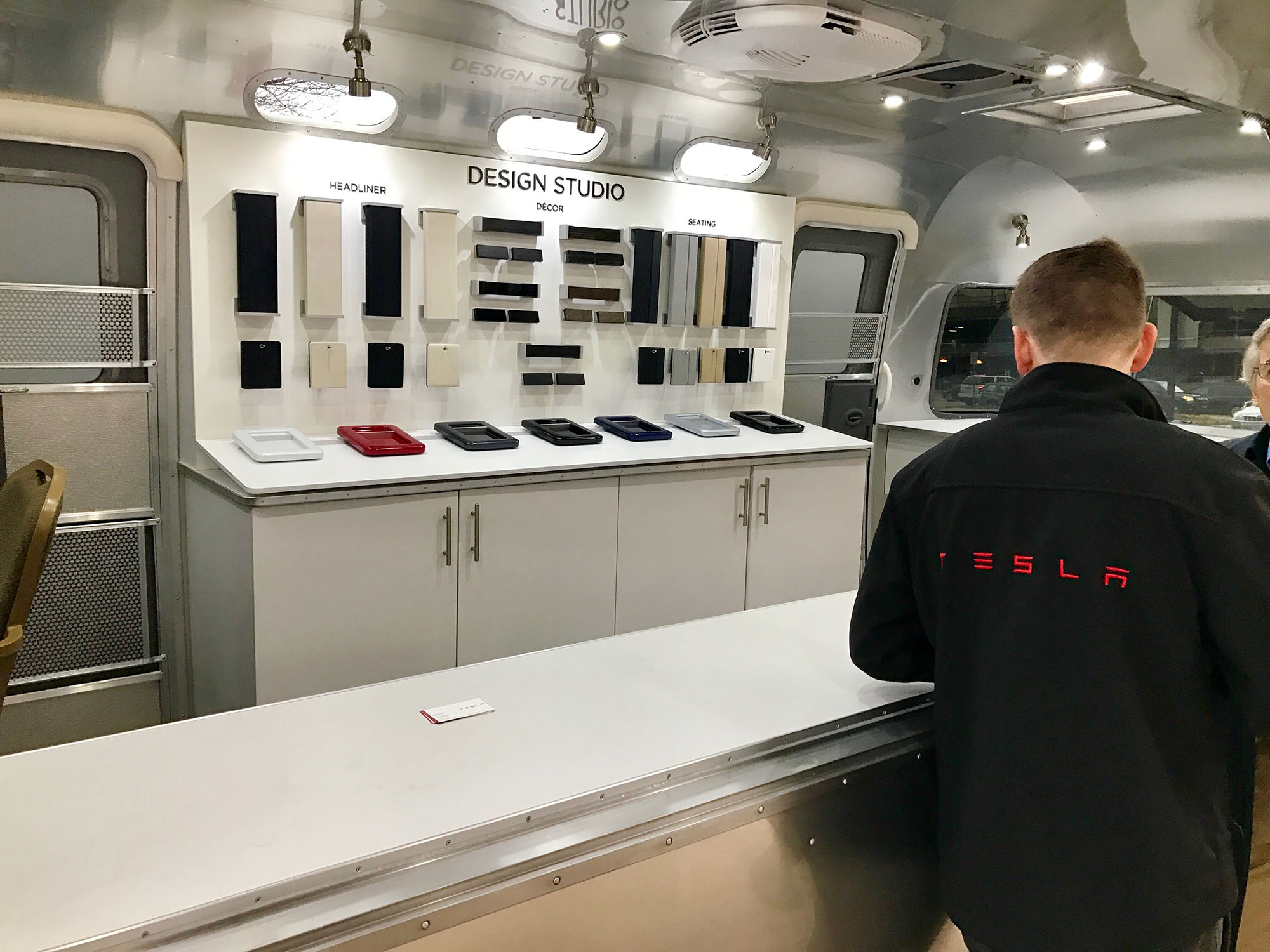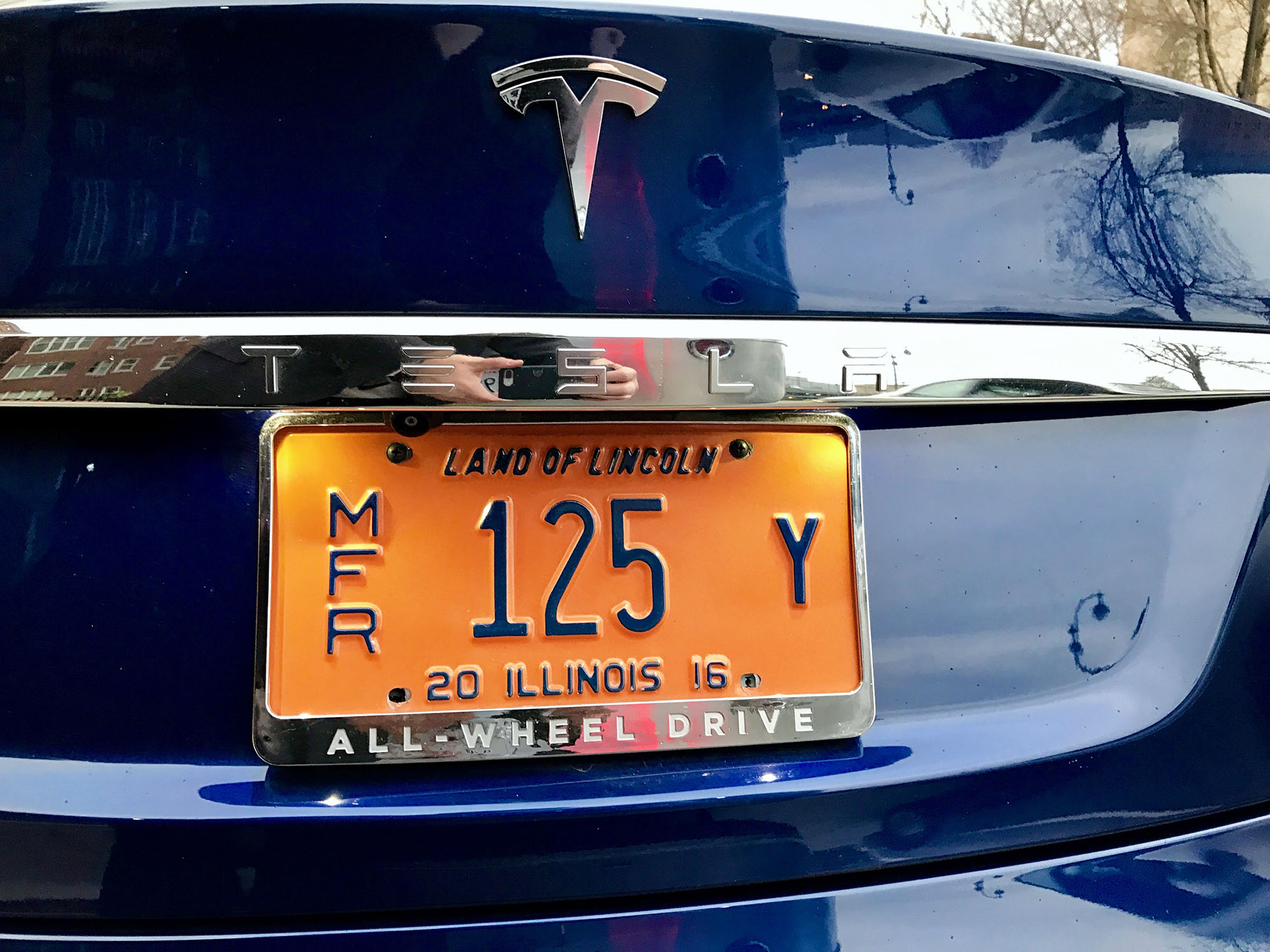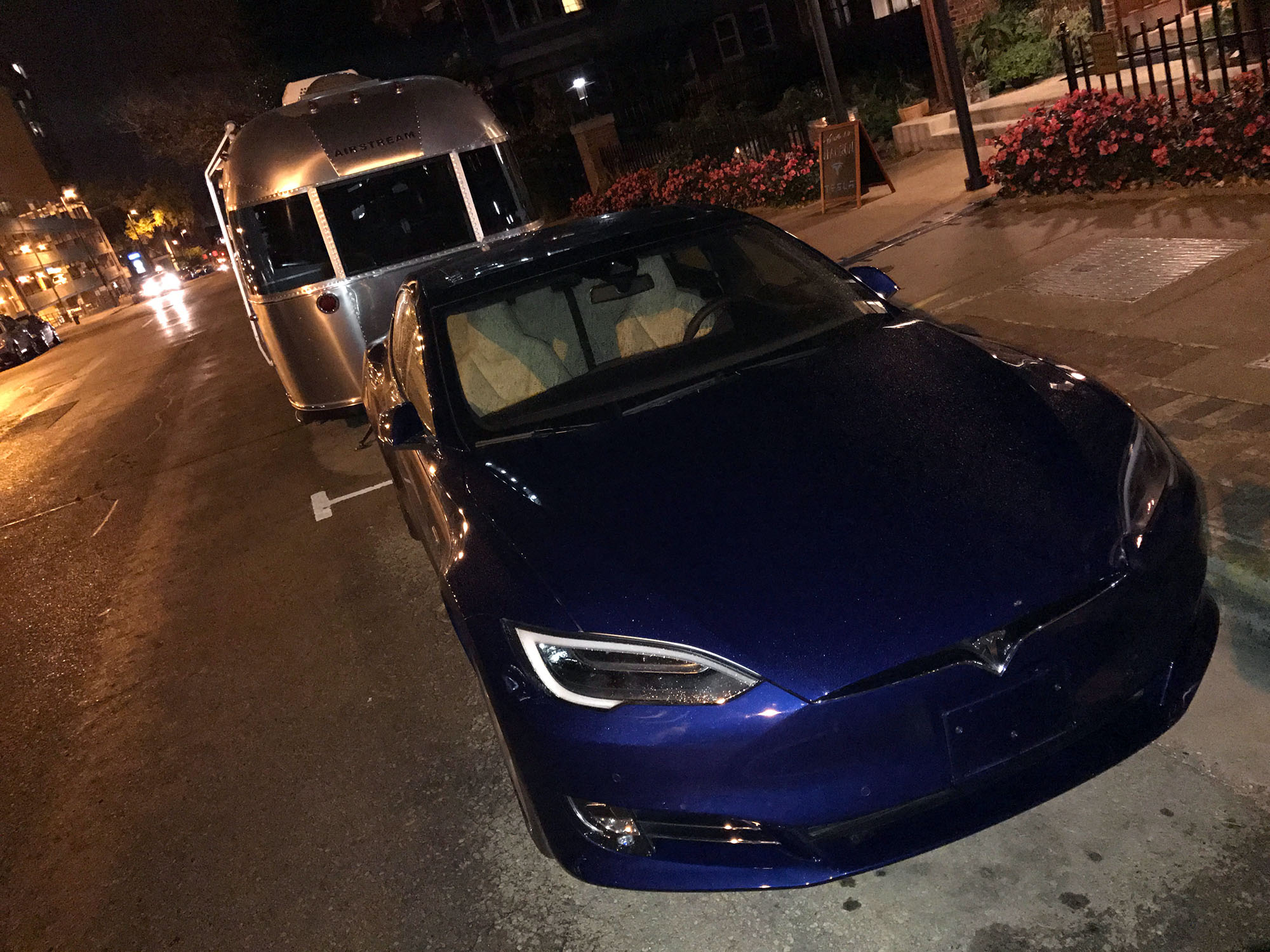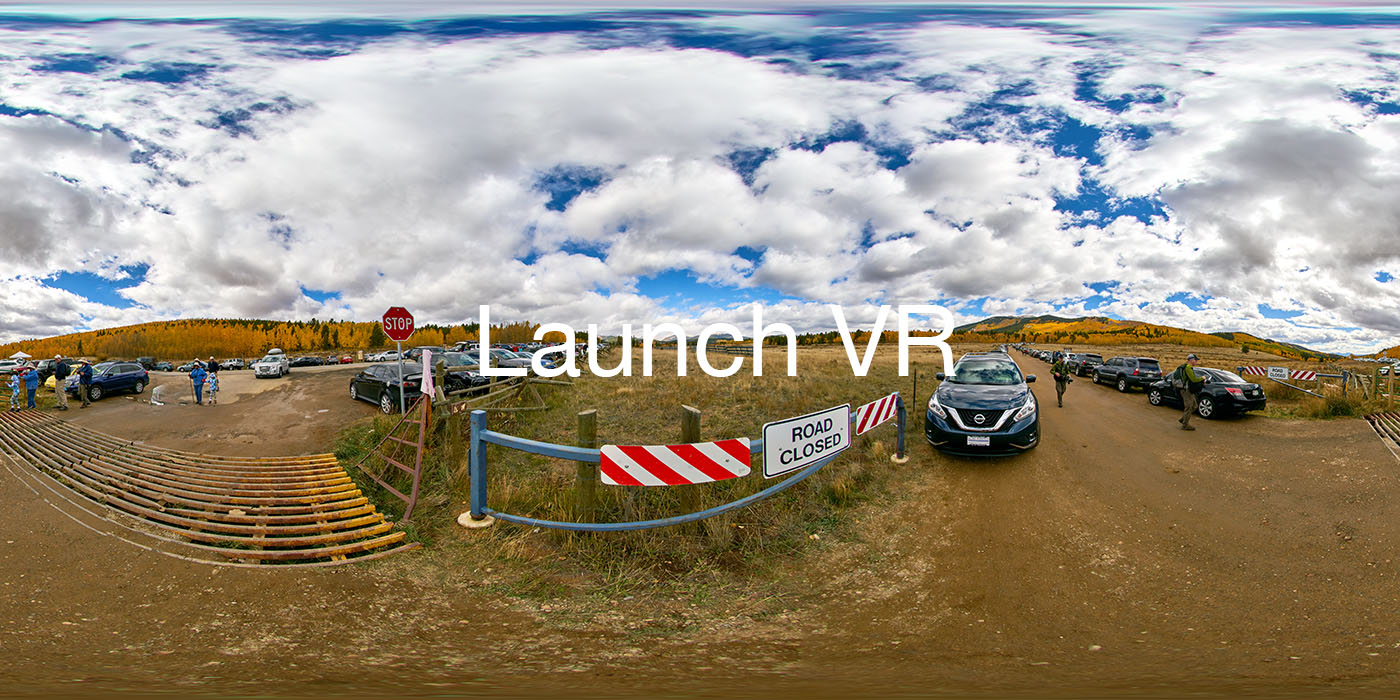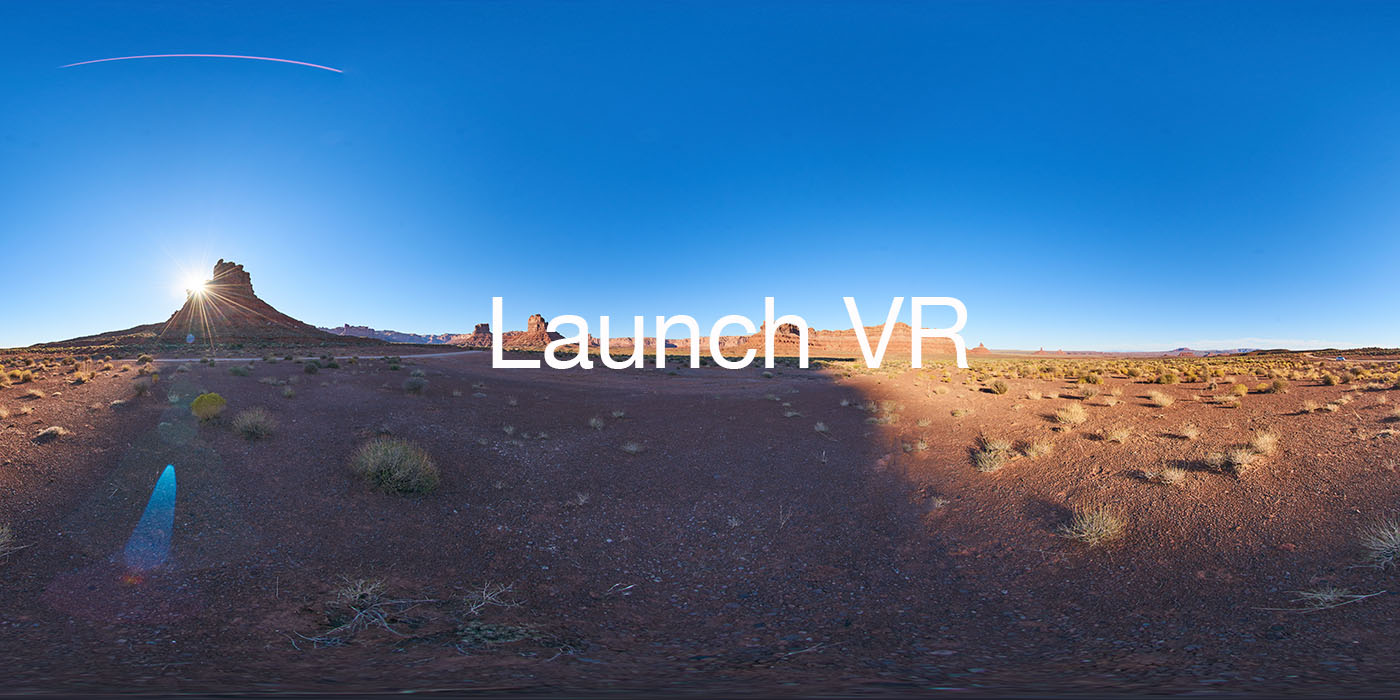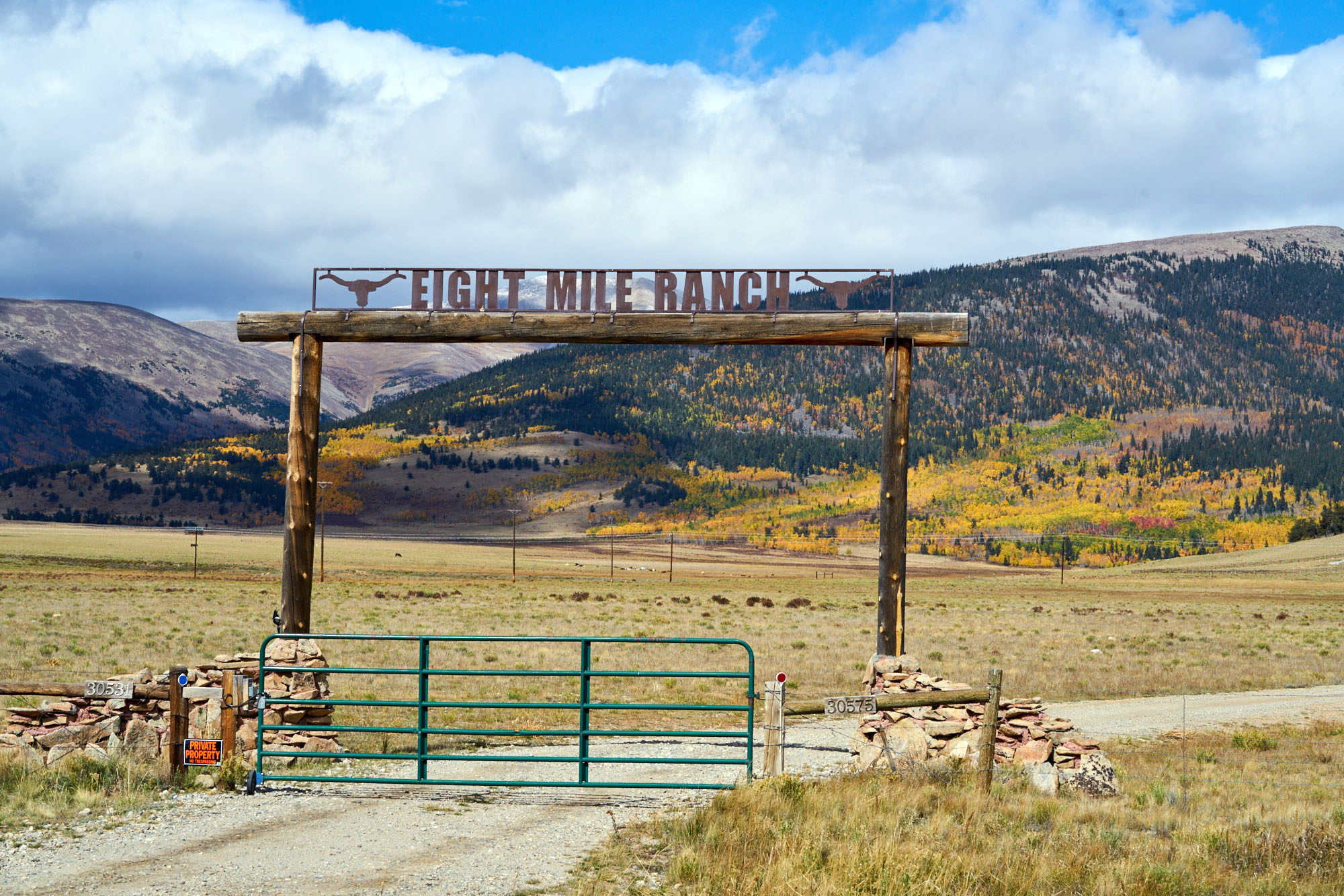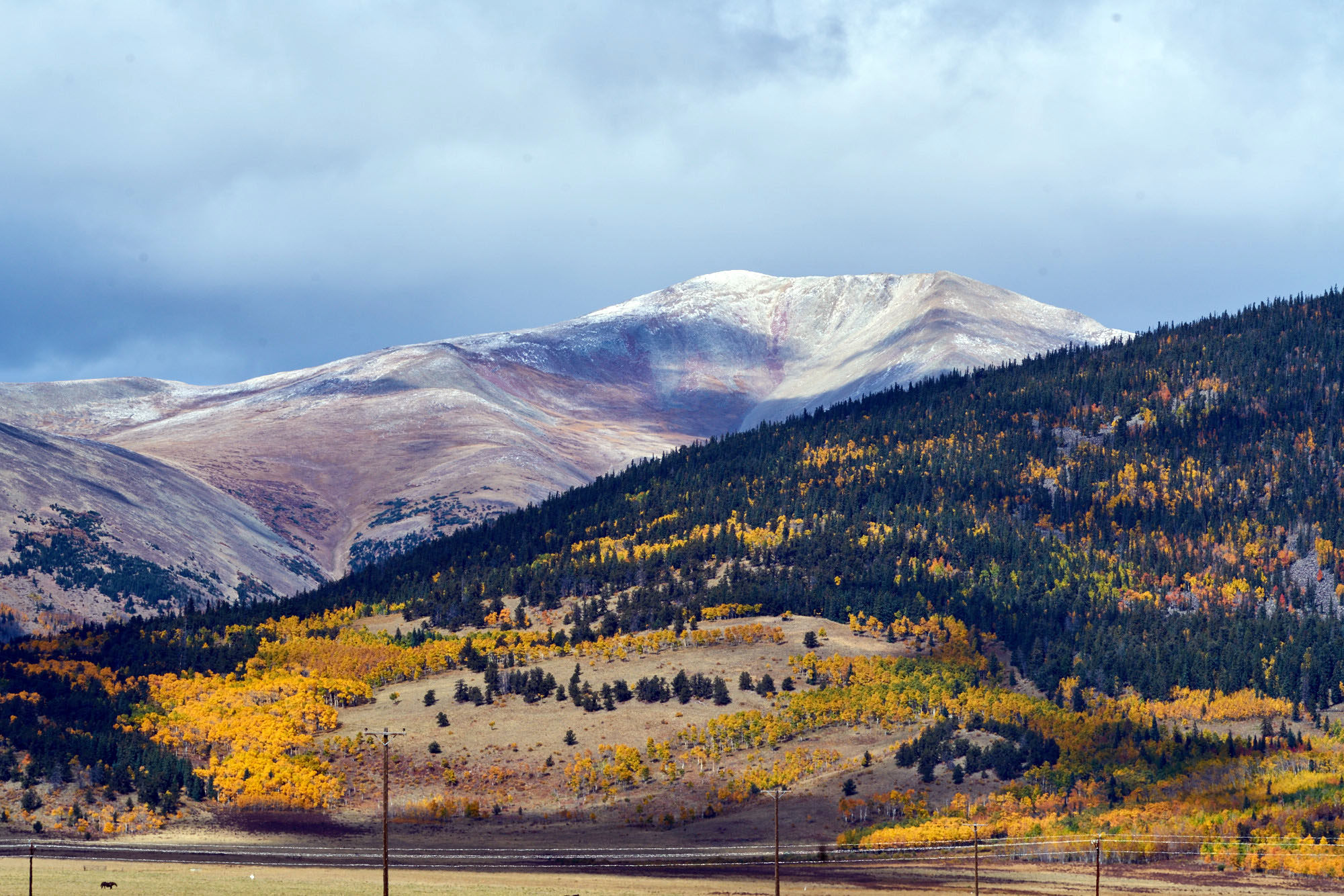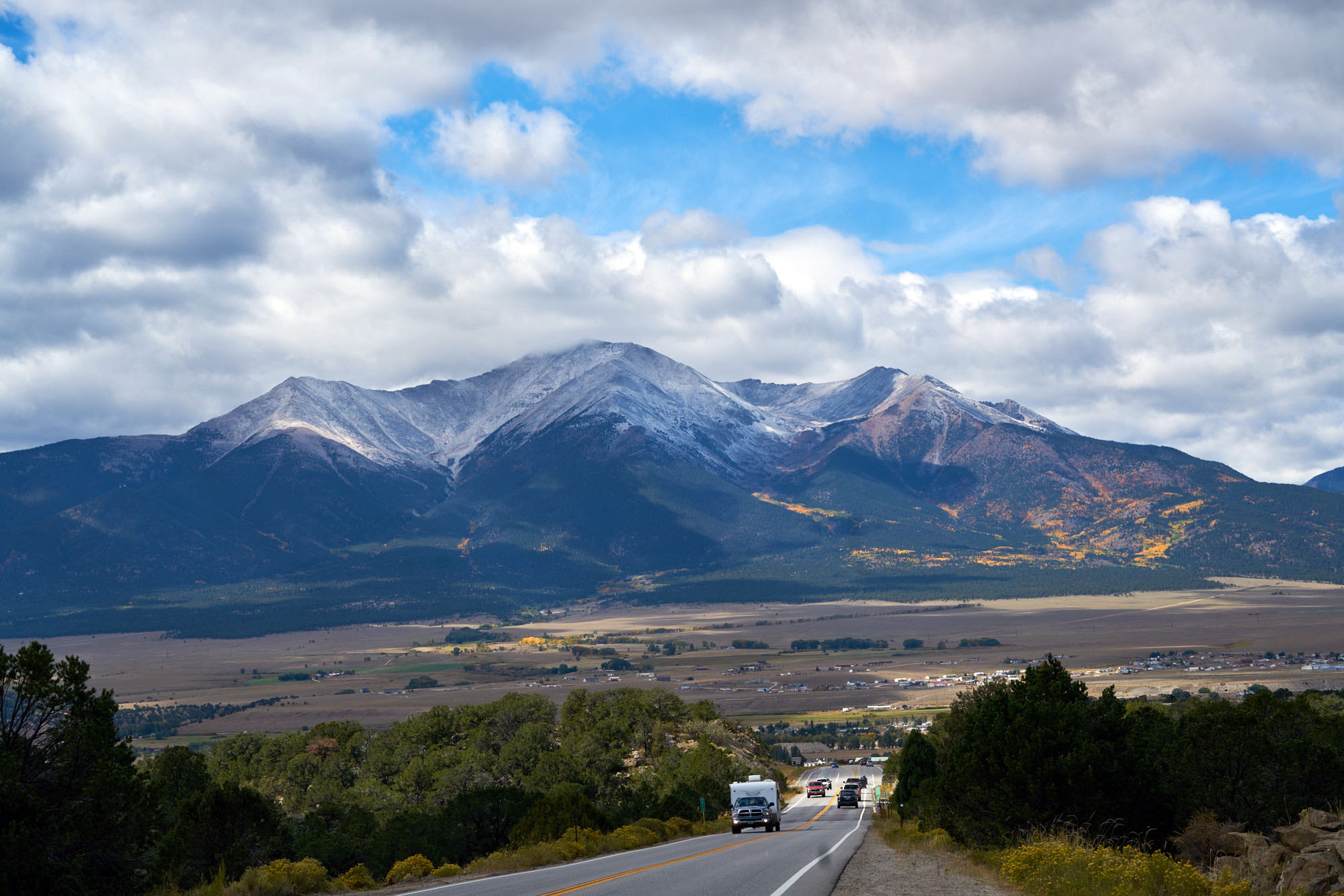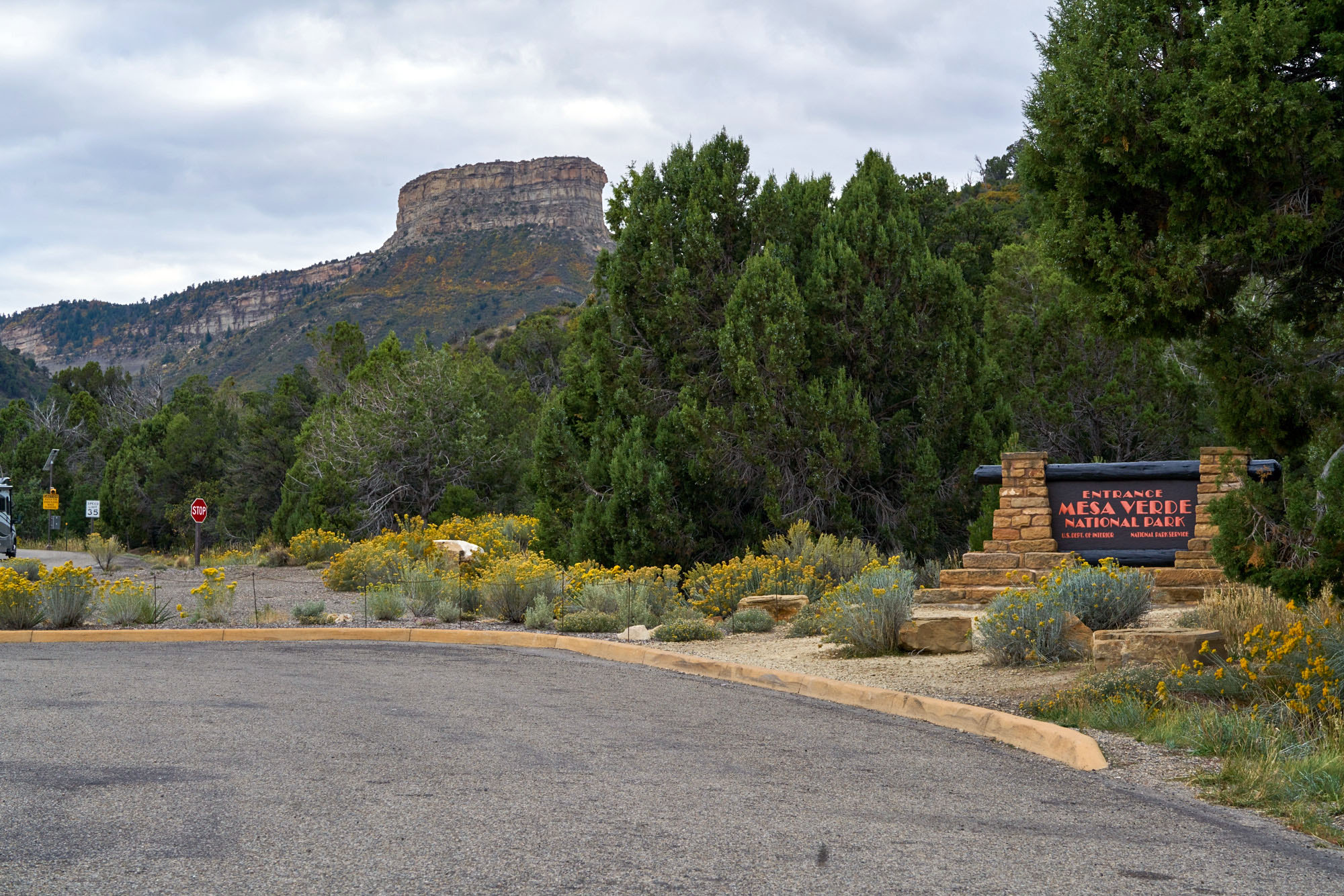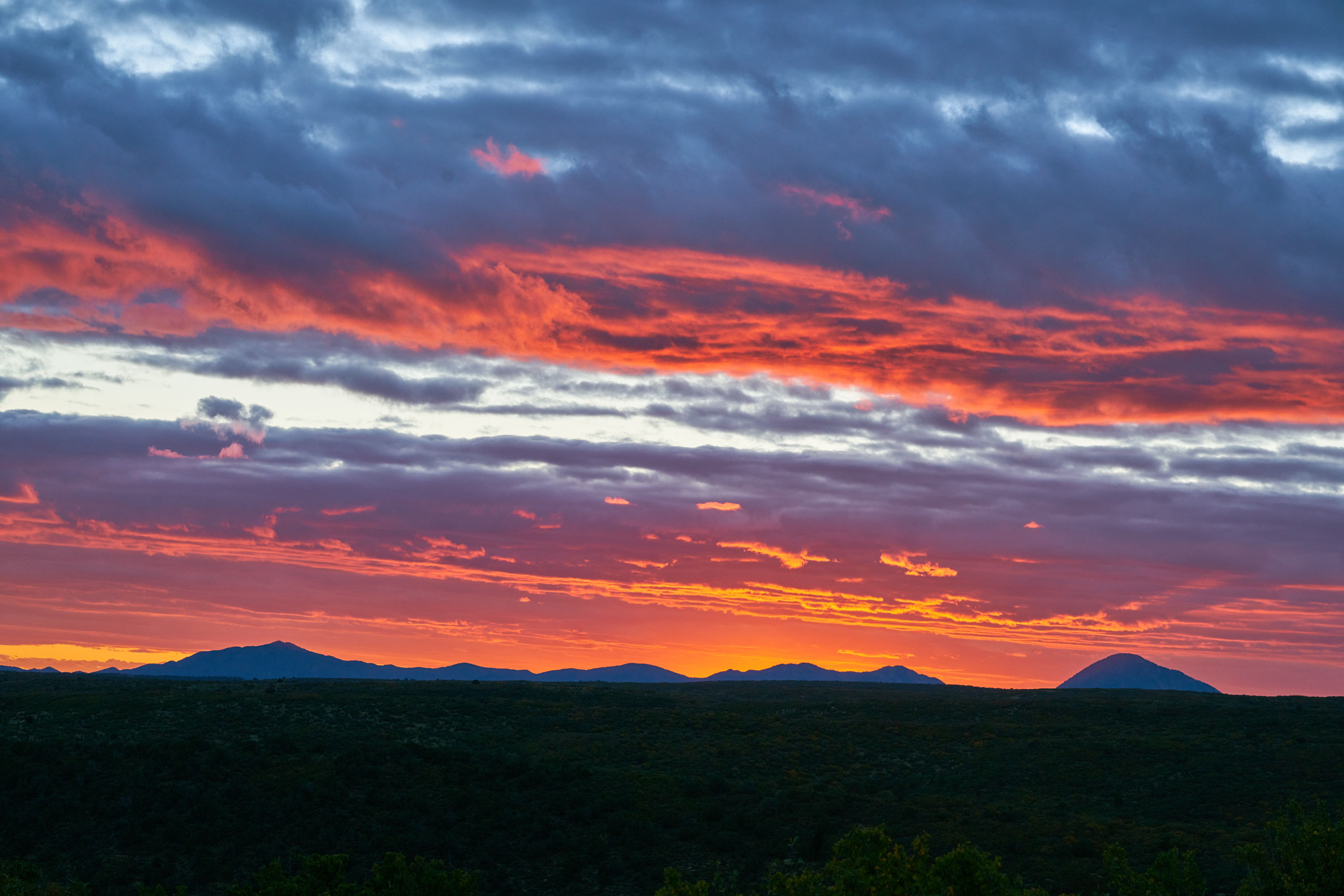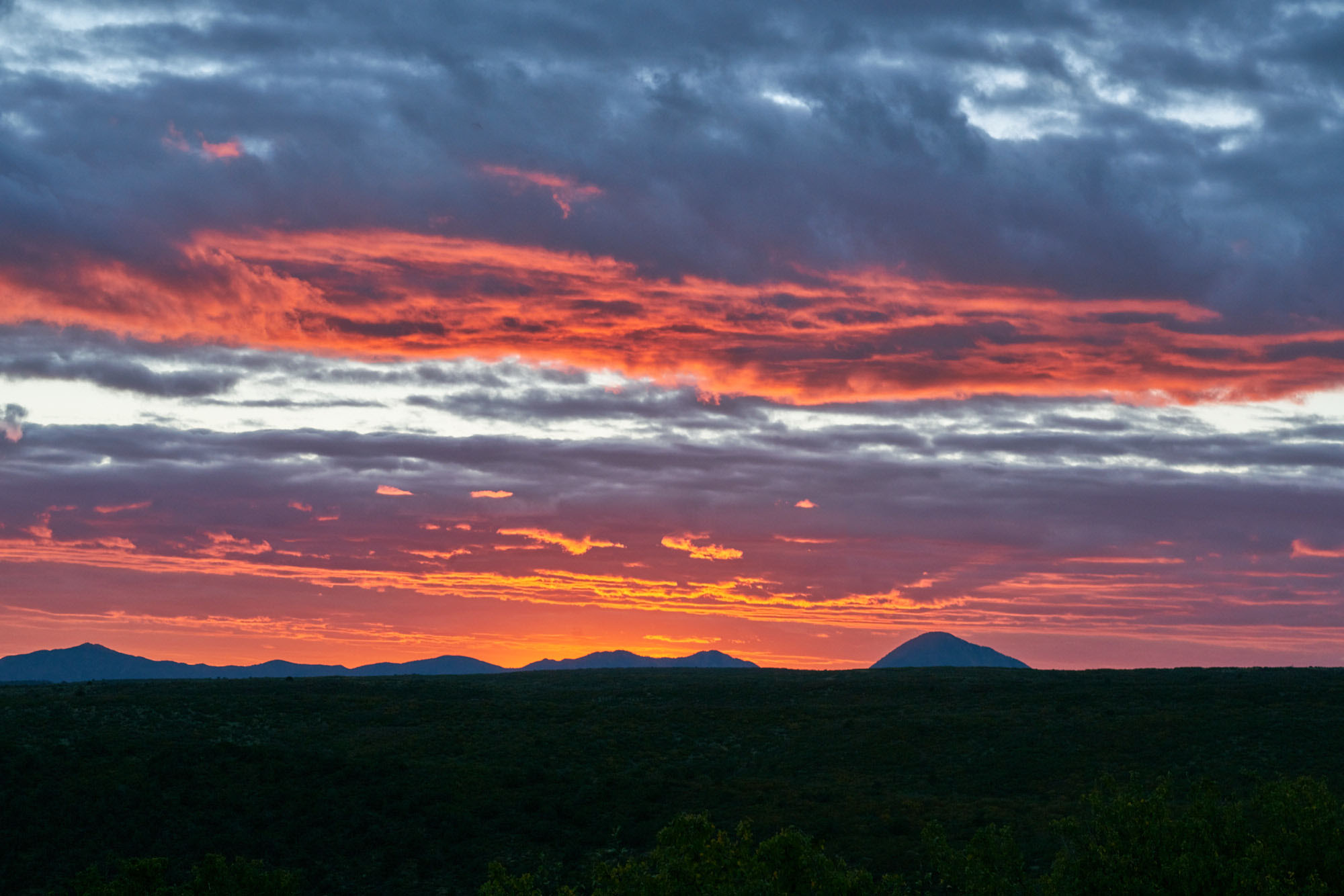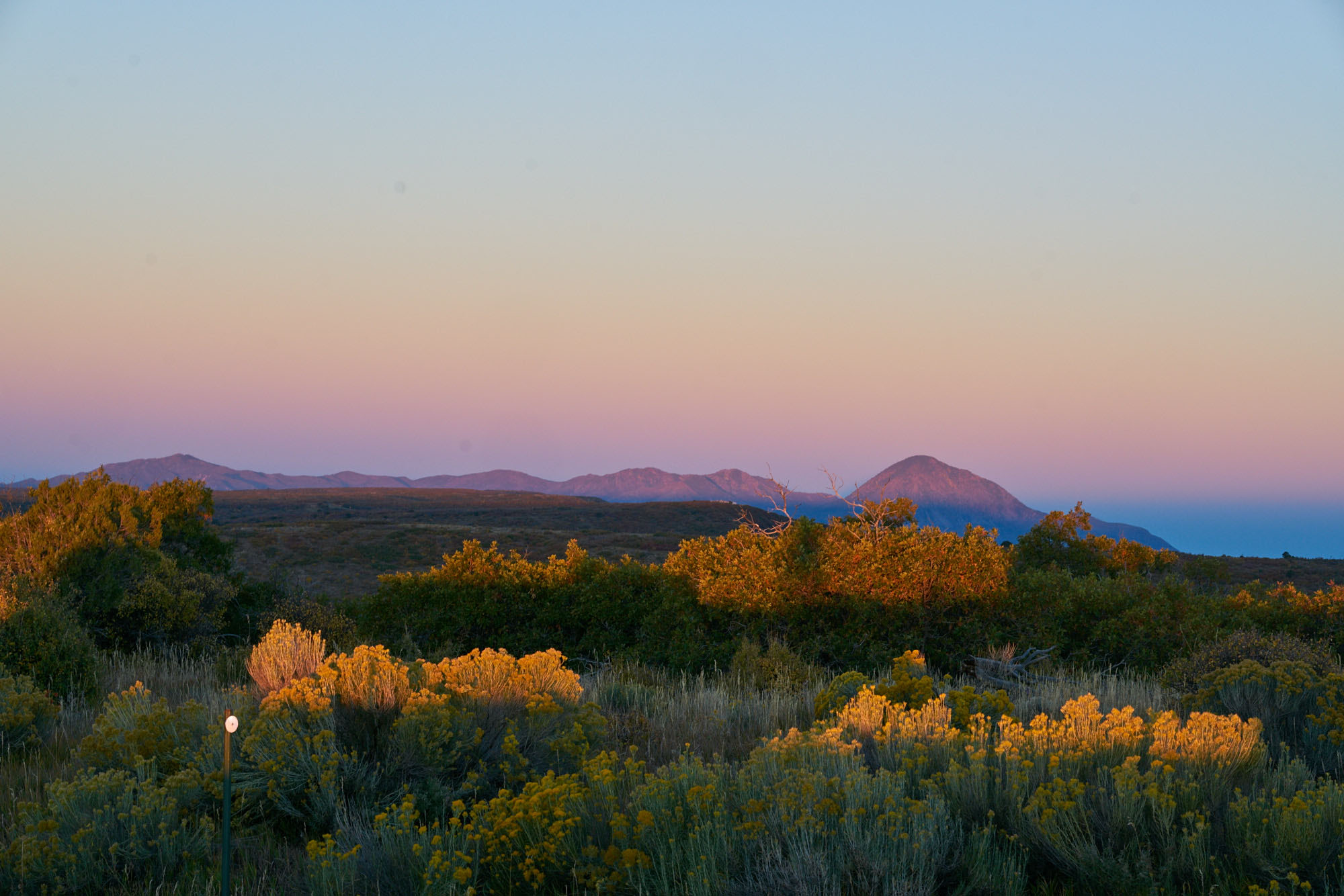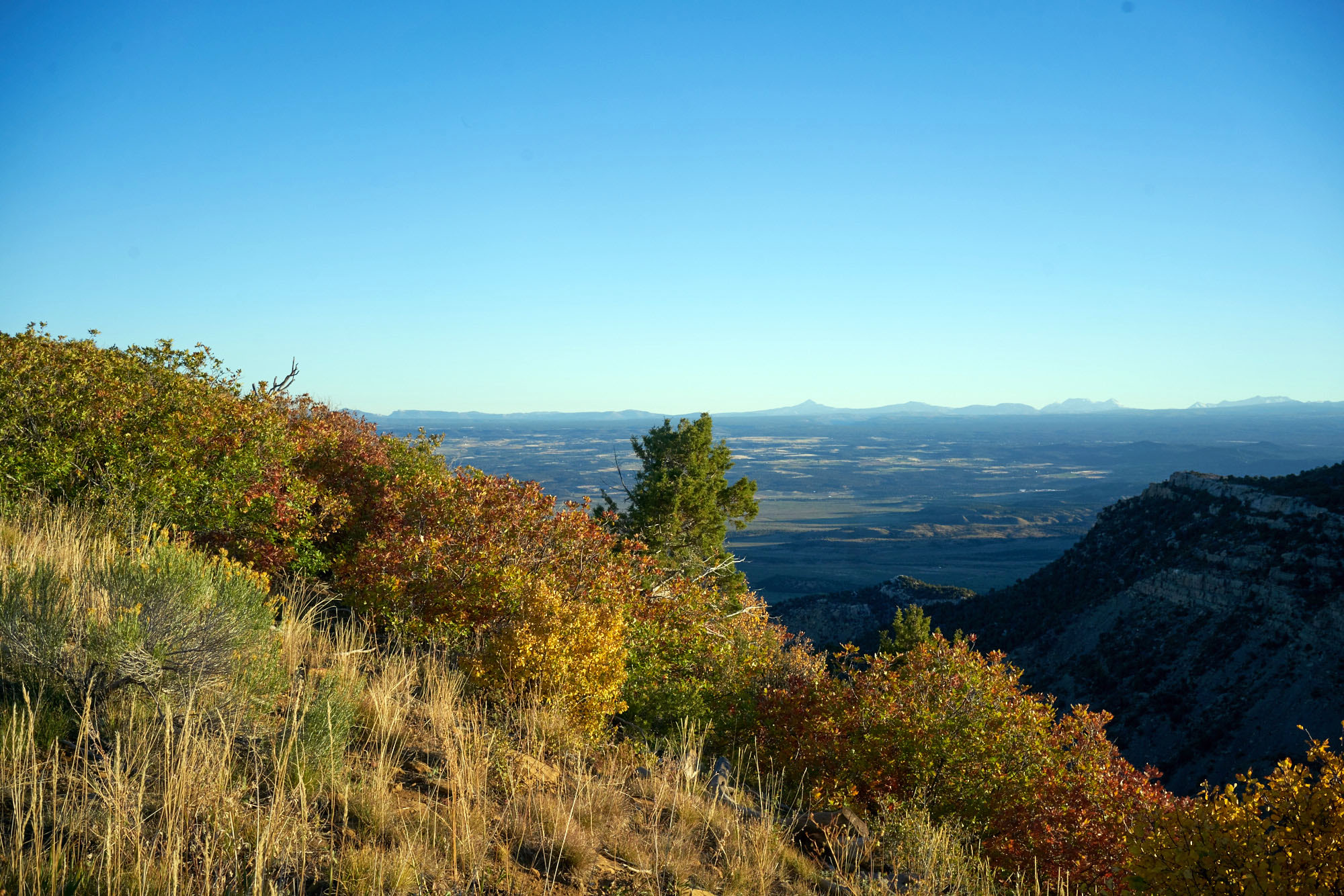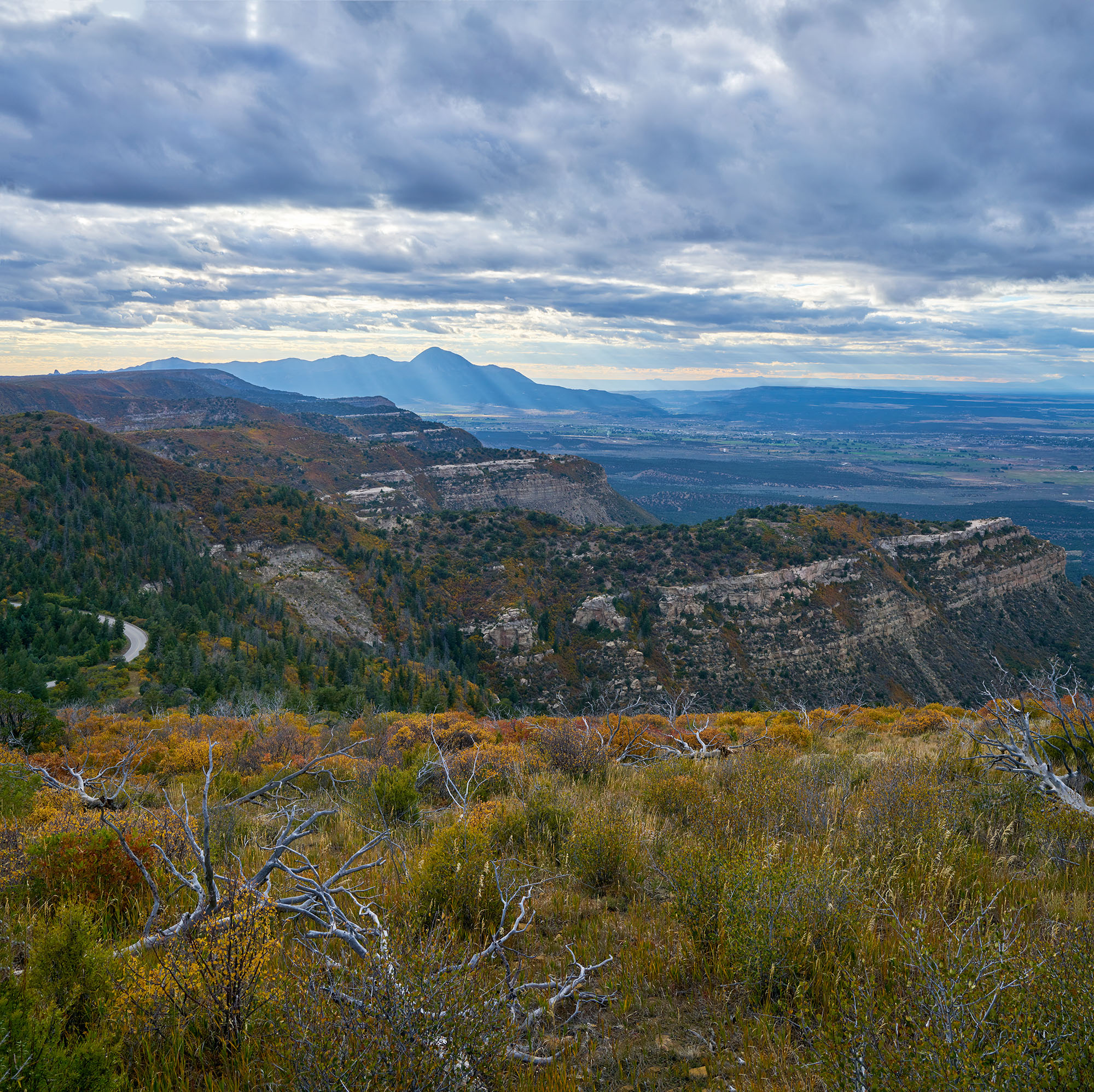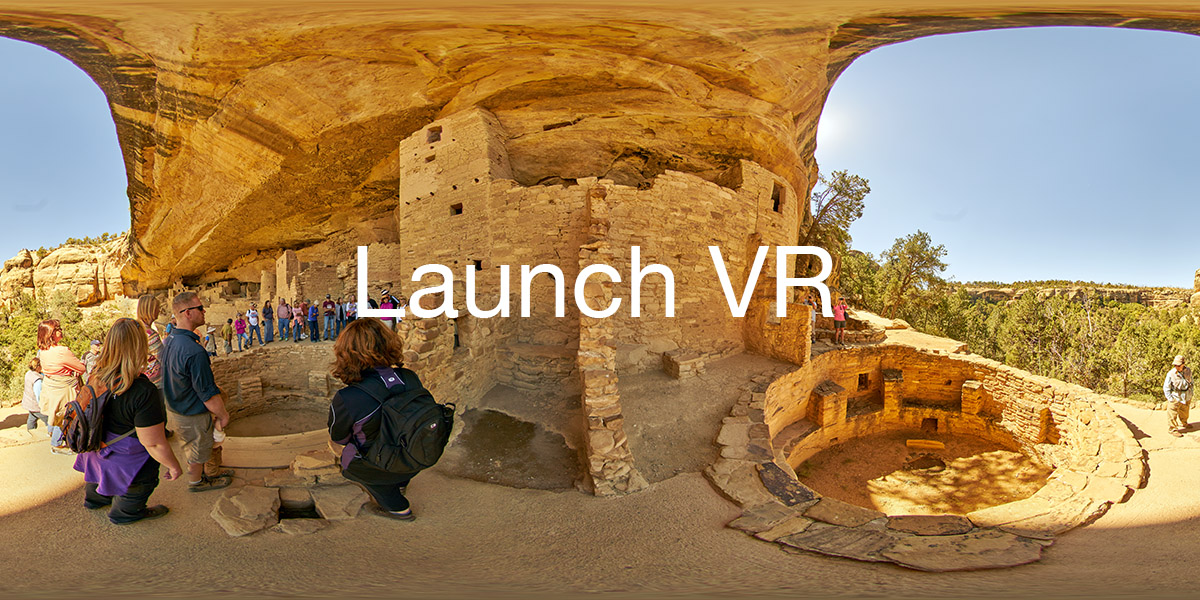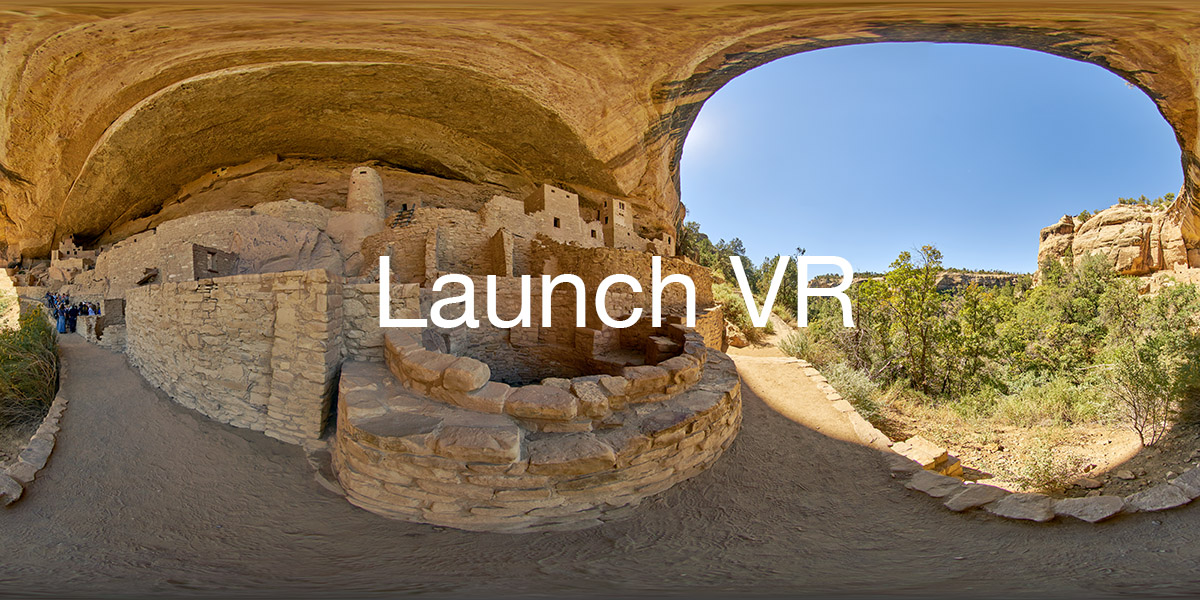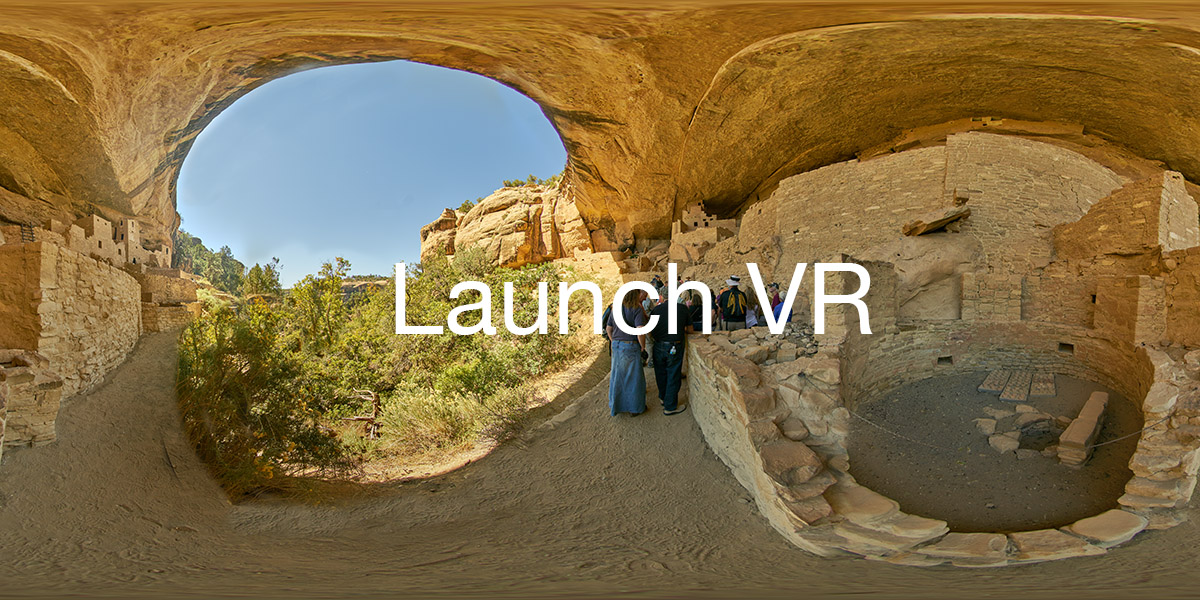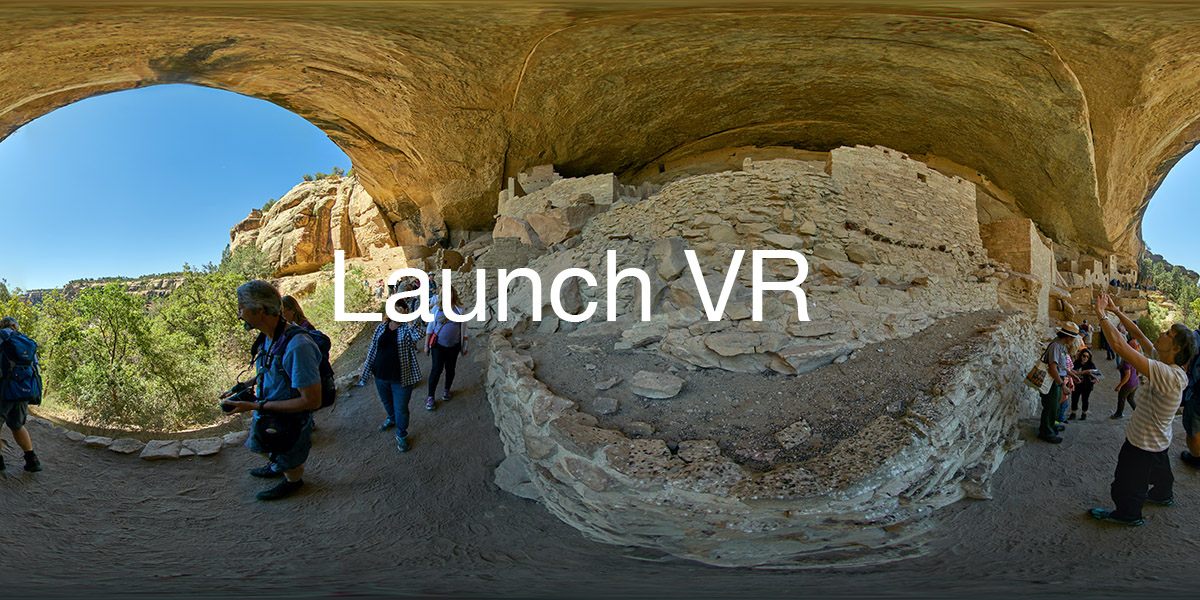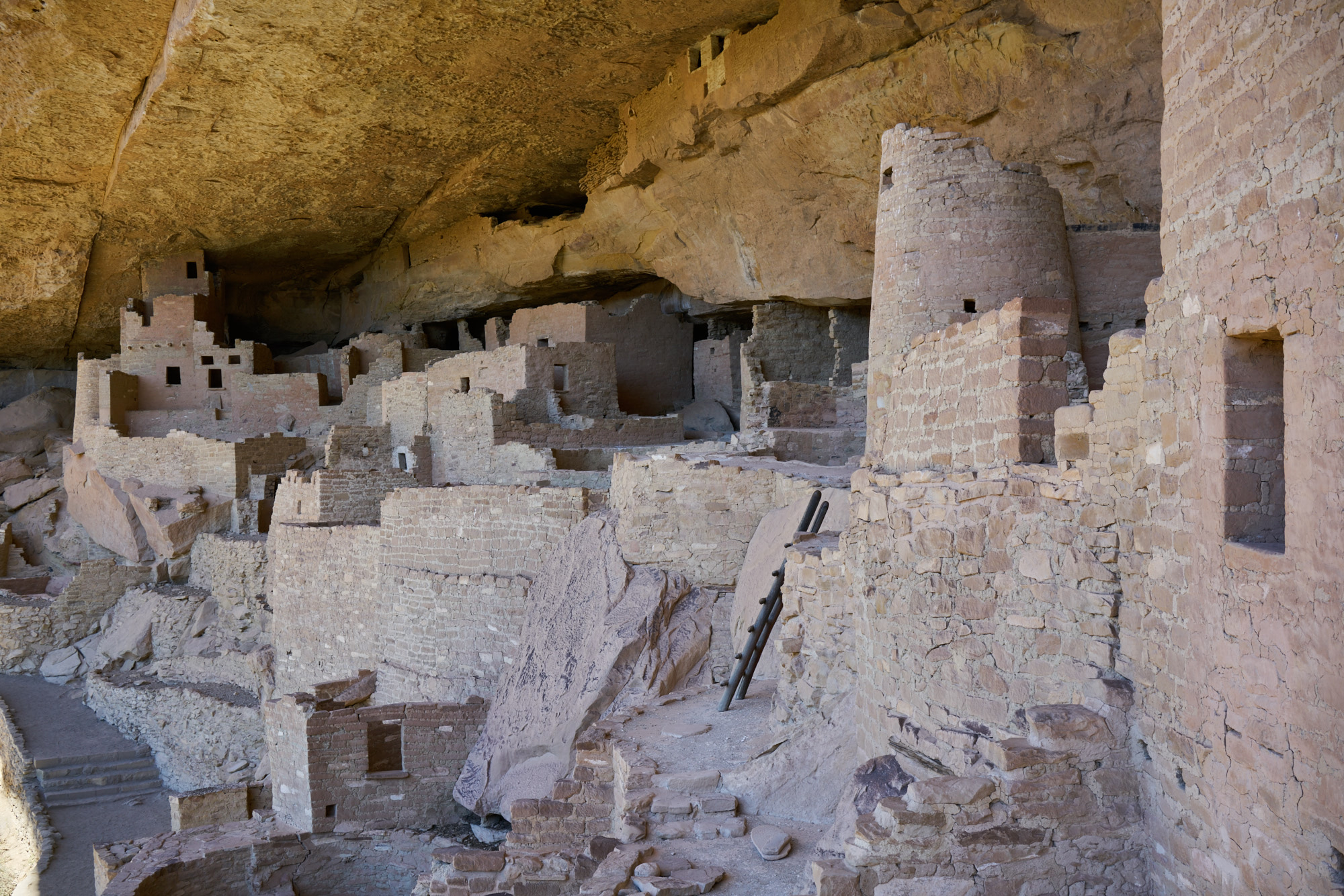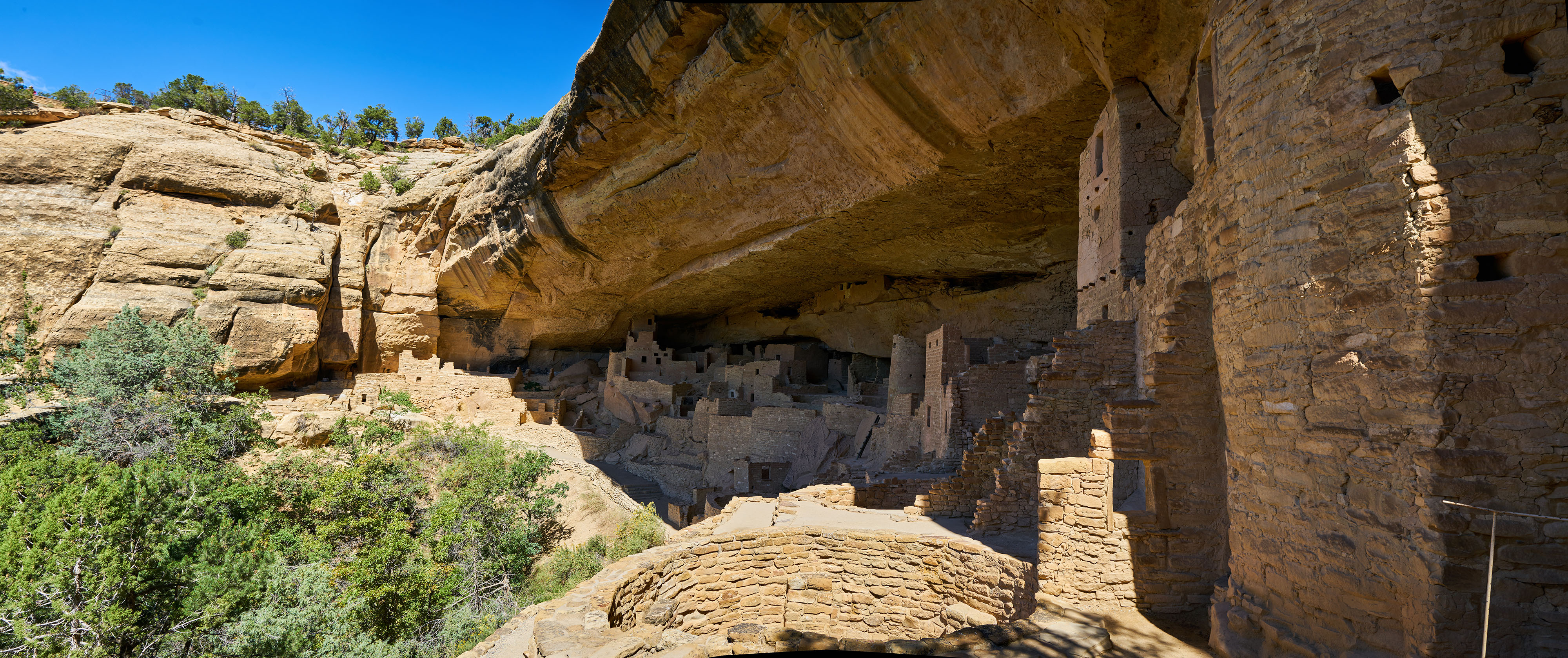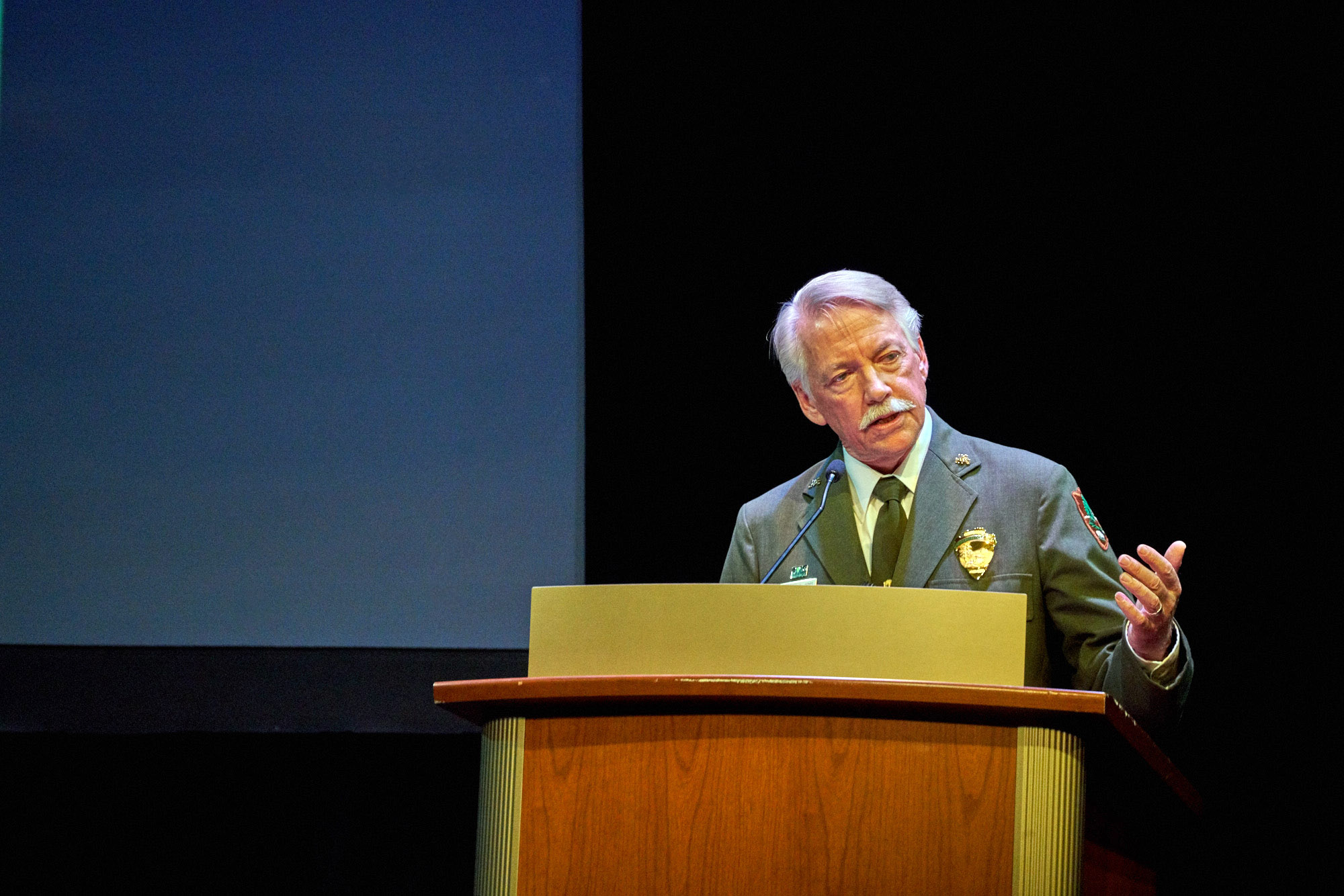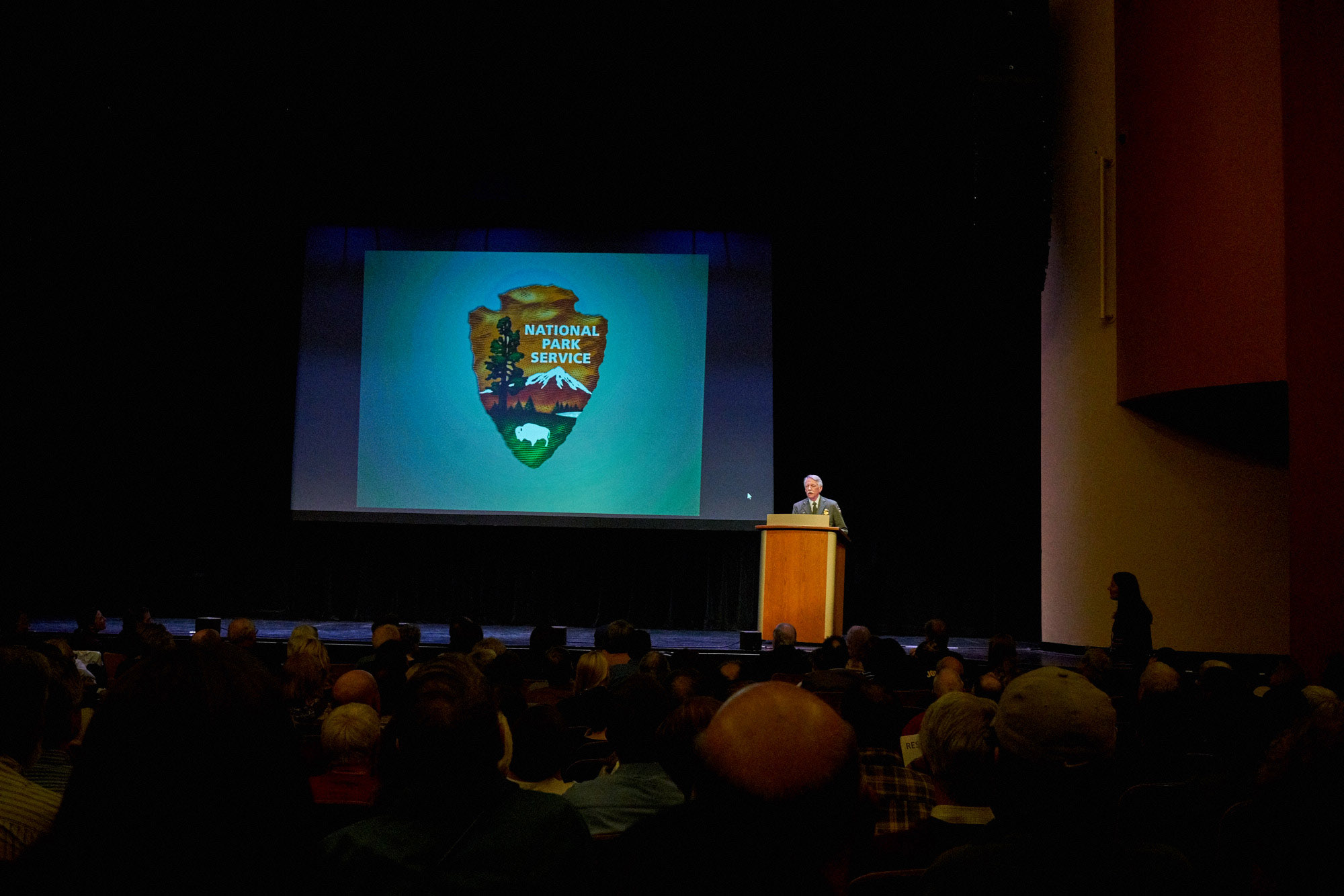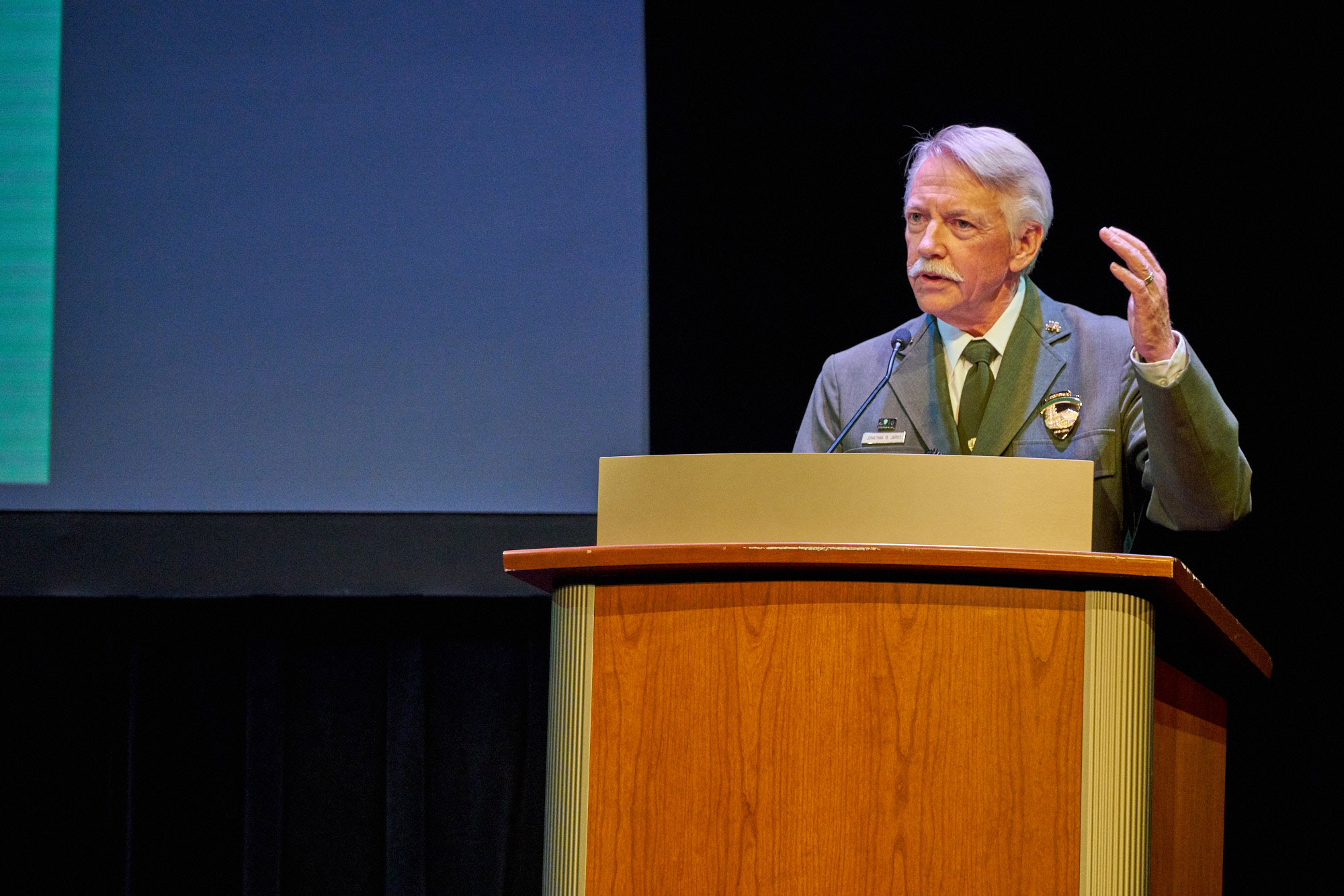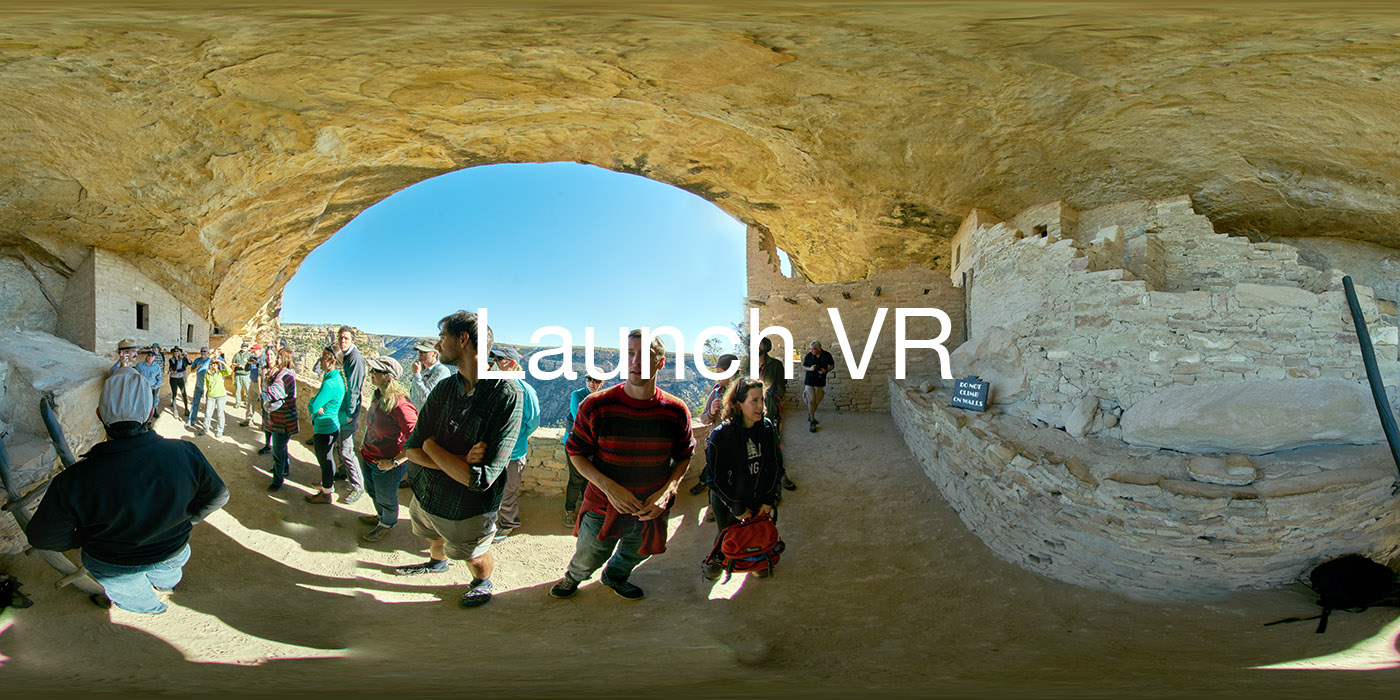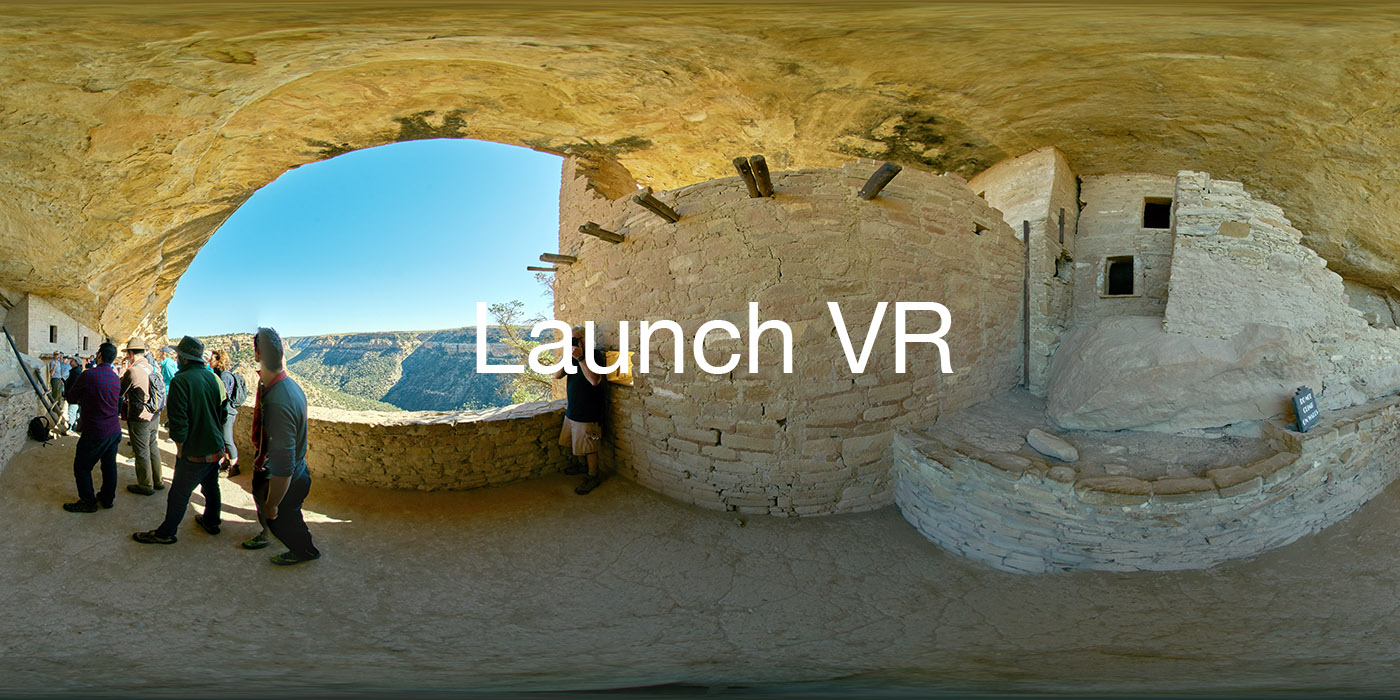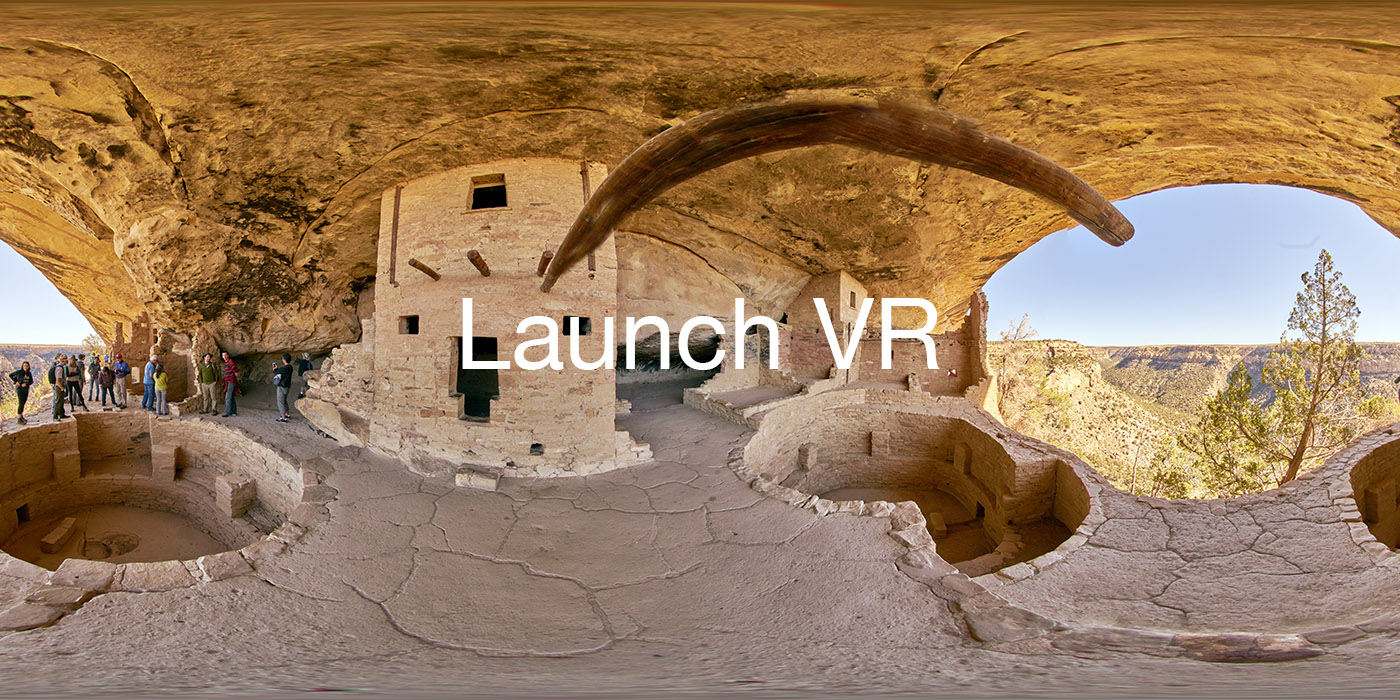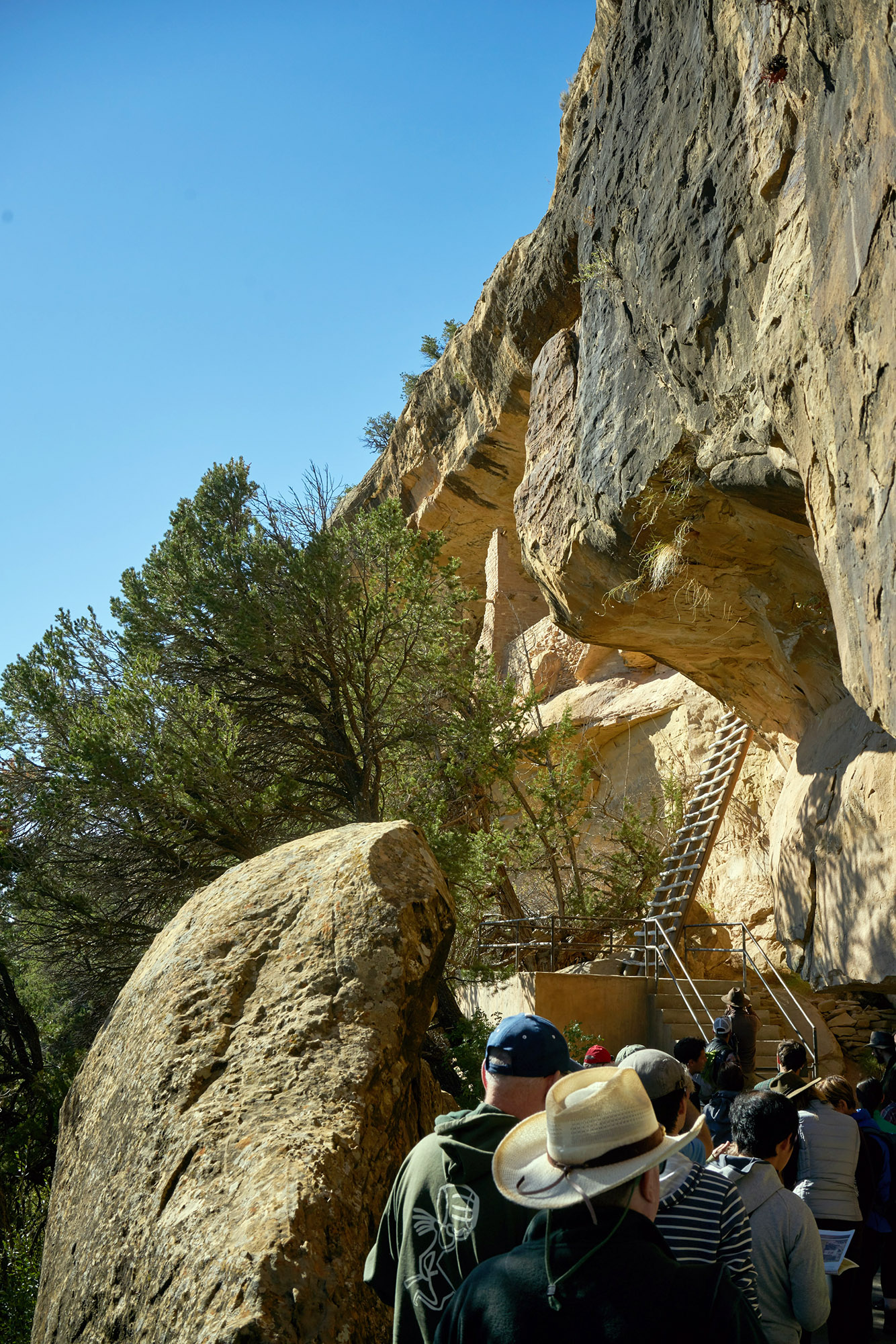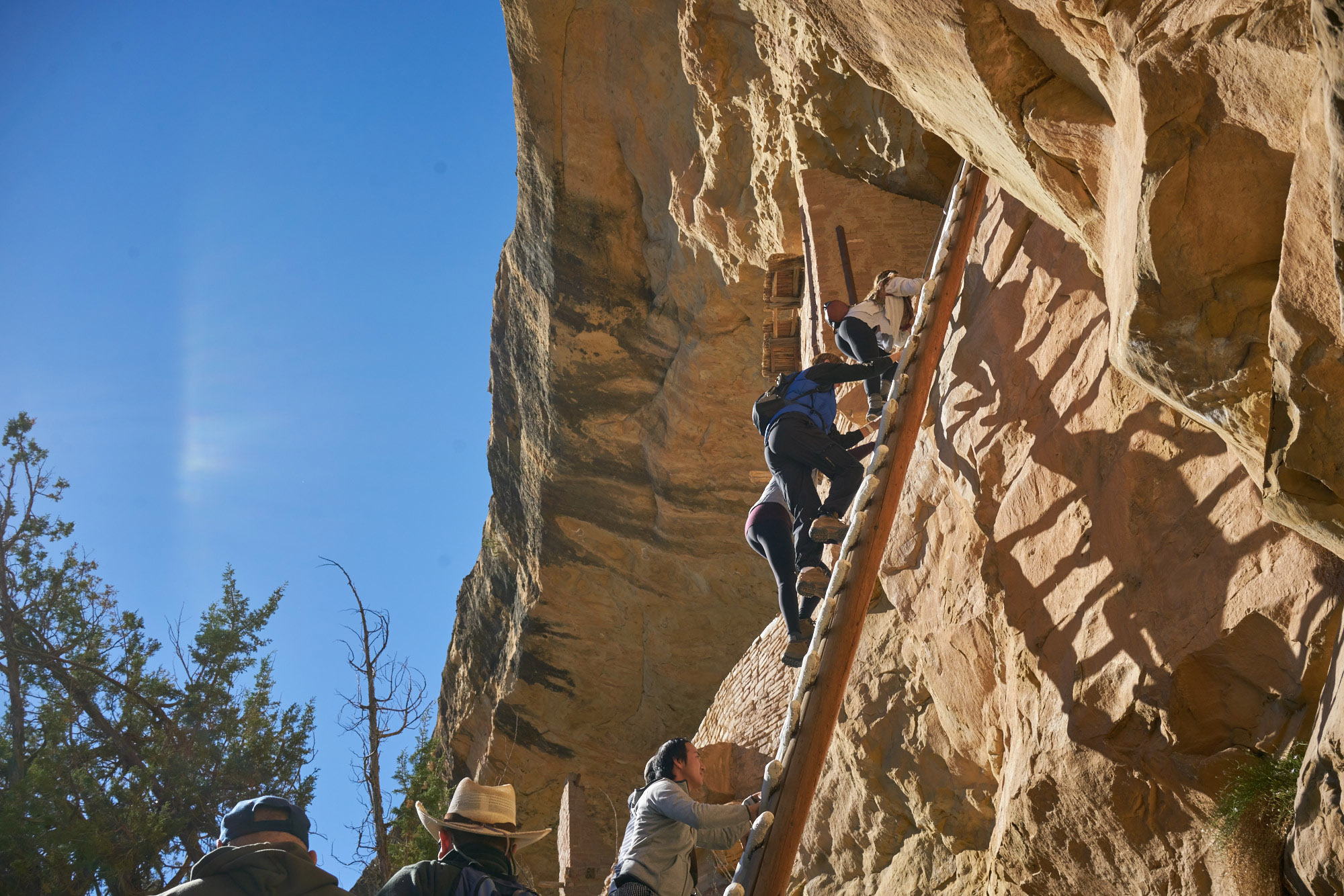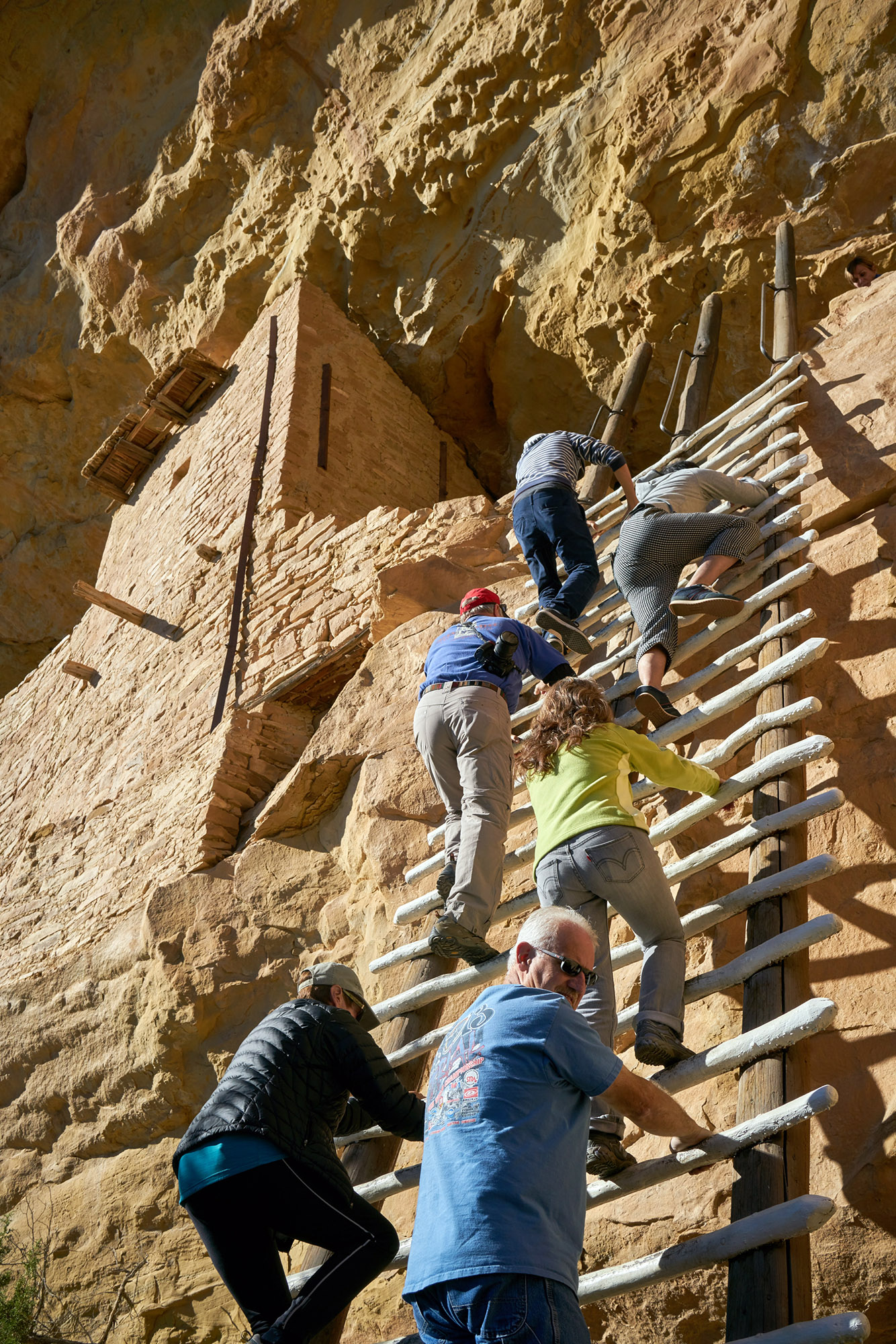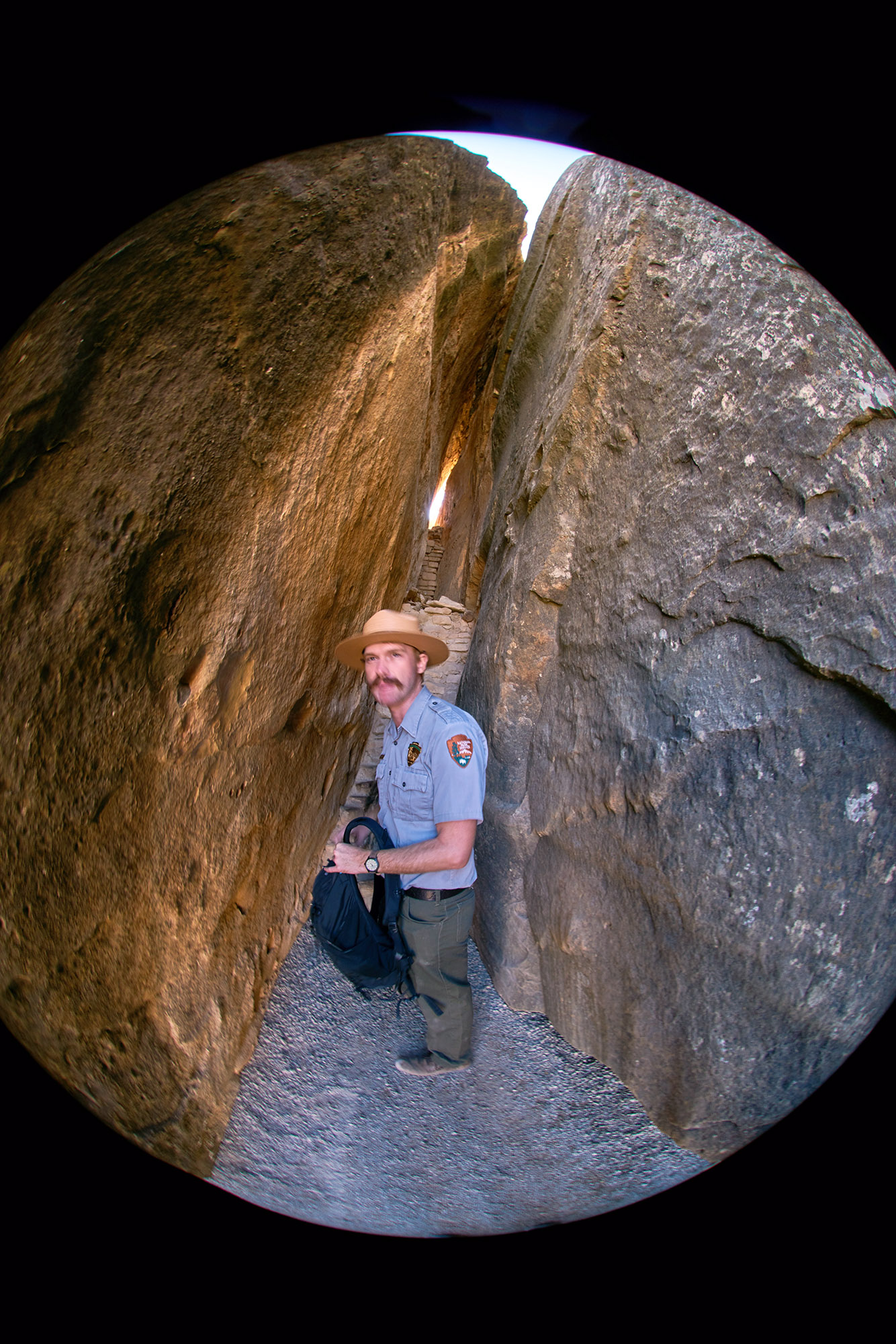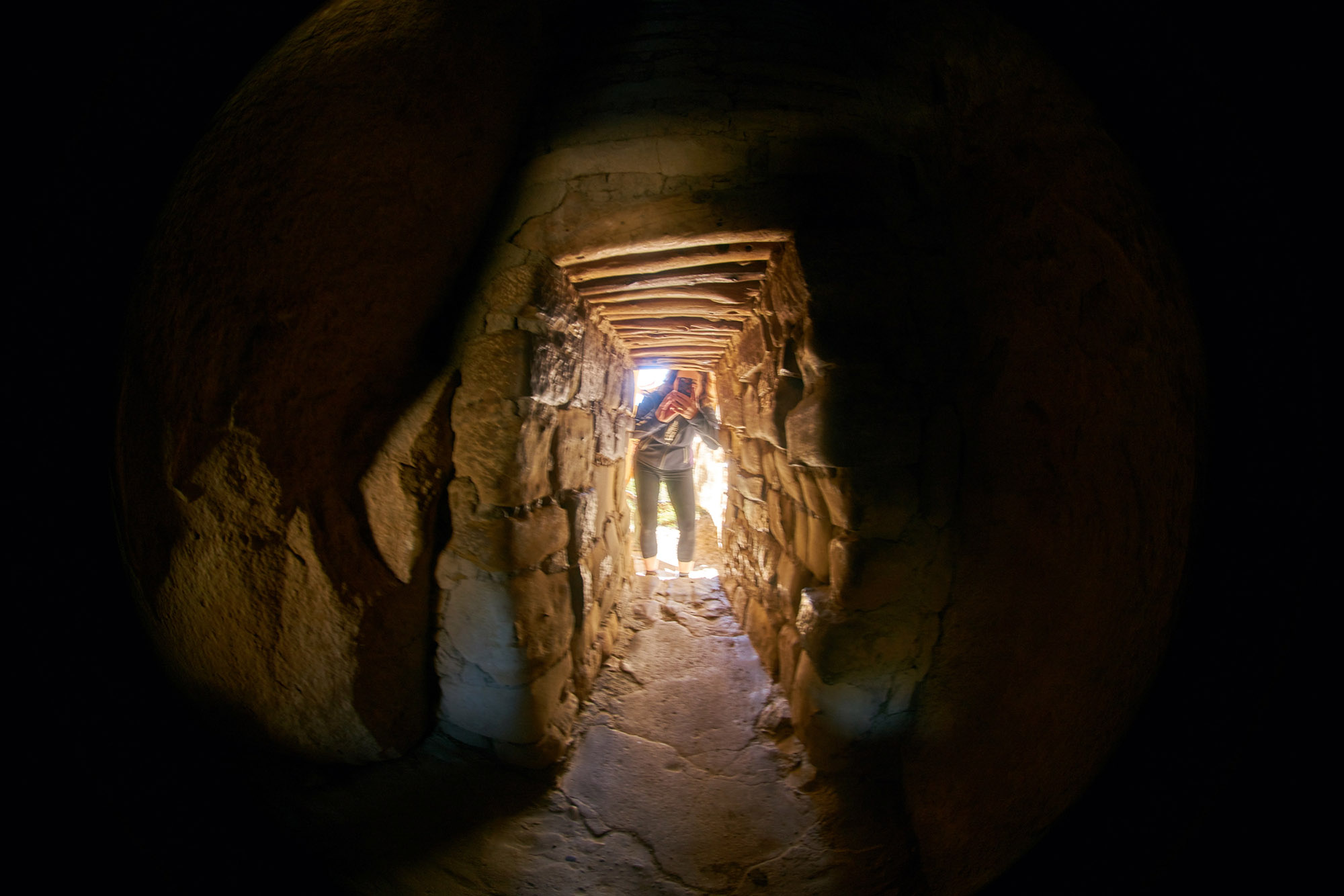Thorsten Benner offered his thoughts on Chancellor Merkel and the refugee crisis during a recent Madison visit.
I found his remarks thought provoking. A few raw notes follow:
Each year, the Germans choose a word of the year. Last year it was, “Merkel”, as a verb: “to merkel, to sit it out, muddle along.
After each election event (debates, appearances) a few years ago, Angela Merkel closed with: “you know me”.
Benner mentioned that she always uses the term “without alternative” after finally making a decision, as if there is nothing else to be considered. However, that term has been flipped by the upstart party “Alternative for Germany”.
With respect to why she welcomed the immigrants, now at least 1% of their 80m population (US would be 3m) with controversy, Benner offered a number of possibilities:
a. Immigration: absolution for the past. Good country now. Why take a risky political decision for morals? Unlikely.
b. Canada style immigration. Let those in who you need.
c. Takes C in Christianity seriously. Love your neighbor as yourself. Merkel is the daughter of a Lutheran pastor.
d. Orchestrated. 3 months before decision, the Chancellor attended a PR organized event with many different people / races. 13 year old Palestinian refugee asked about staying. Merkel responded that Germany cannot solve all of the world’s problems. So, this is unlikely.
e. Refugees brought risk to passport free travel. Could be very bad for economics/business.
f. Does she feel they need repentance for the banks and Greece? Medicine is correct for Greece. Austerity.
g. Germany takes them in, then Europe figures out the solution. “Buy time”. Absorb costs and deal with it over time. Very political.
In addition, and importantly, Chancellor Merkel grew up imprisoned in the east for 30 years. Part of her moral calling. She hates fences, walls and borders. Motivated by this. Did not like Hungary building up the fence with the 25th anniversary of The Wall coming down.
This could be the reason for Chancellor Merkel’s choice.
